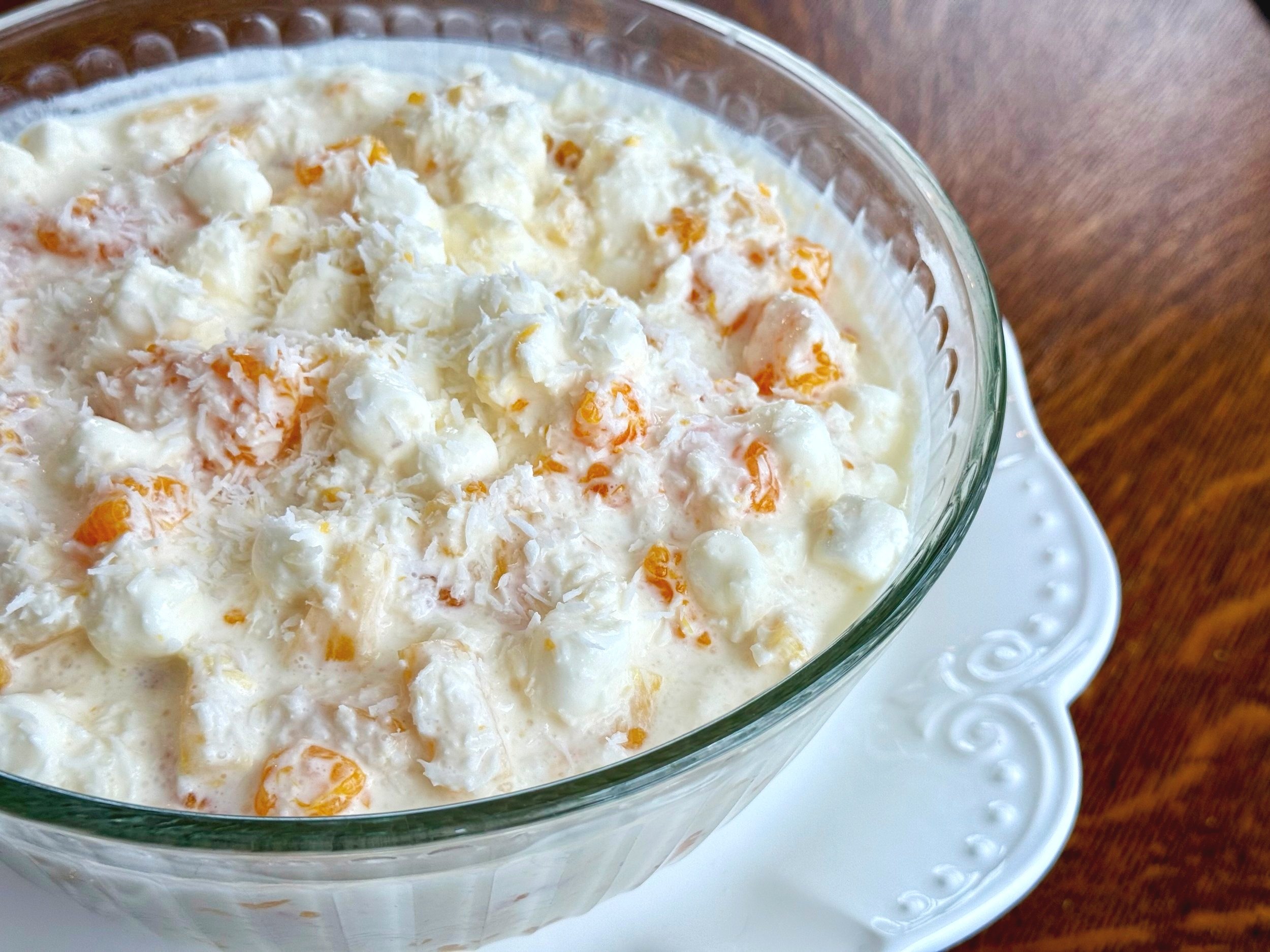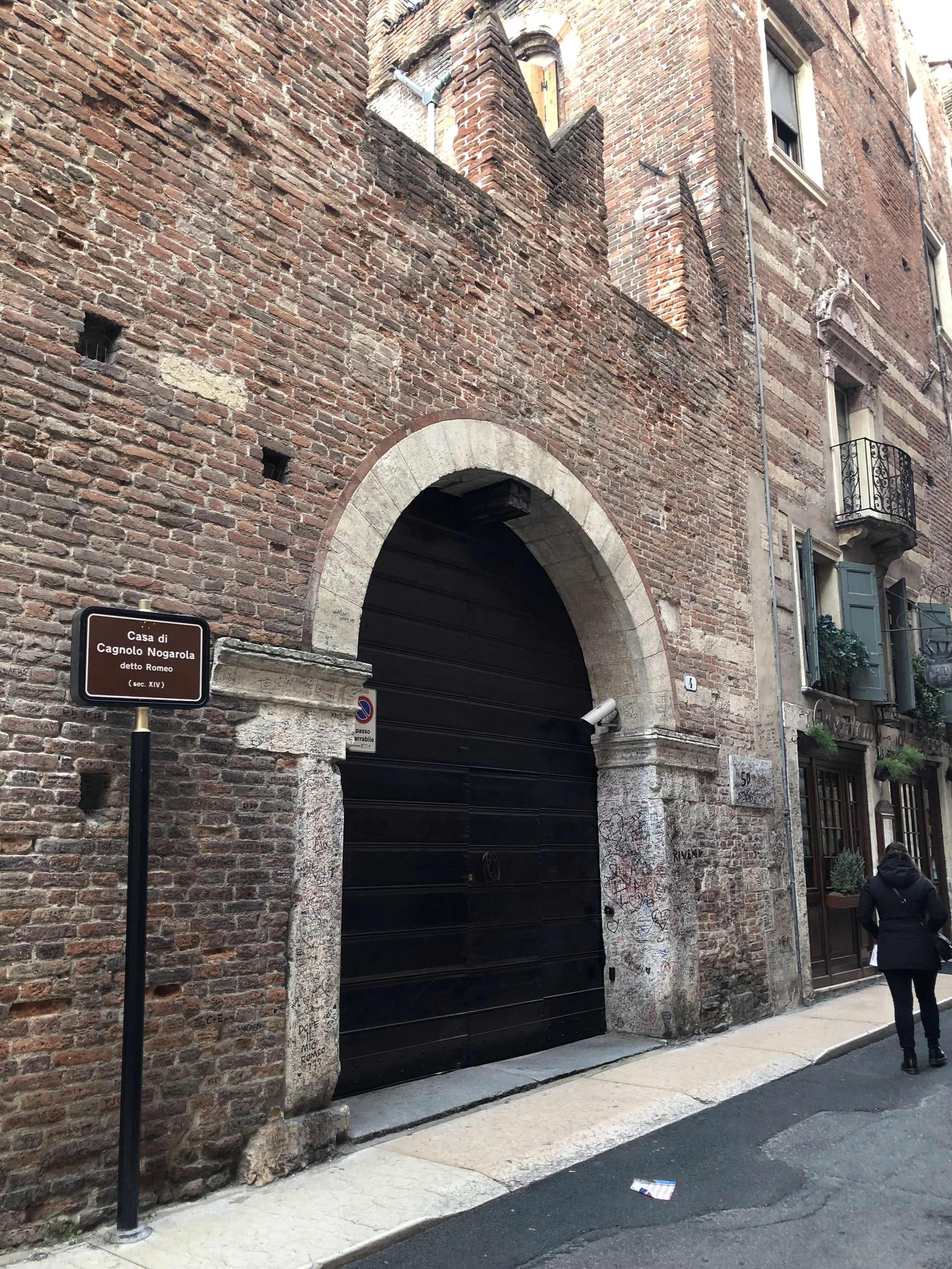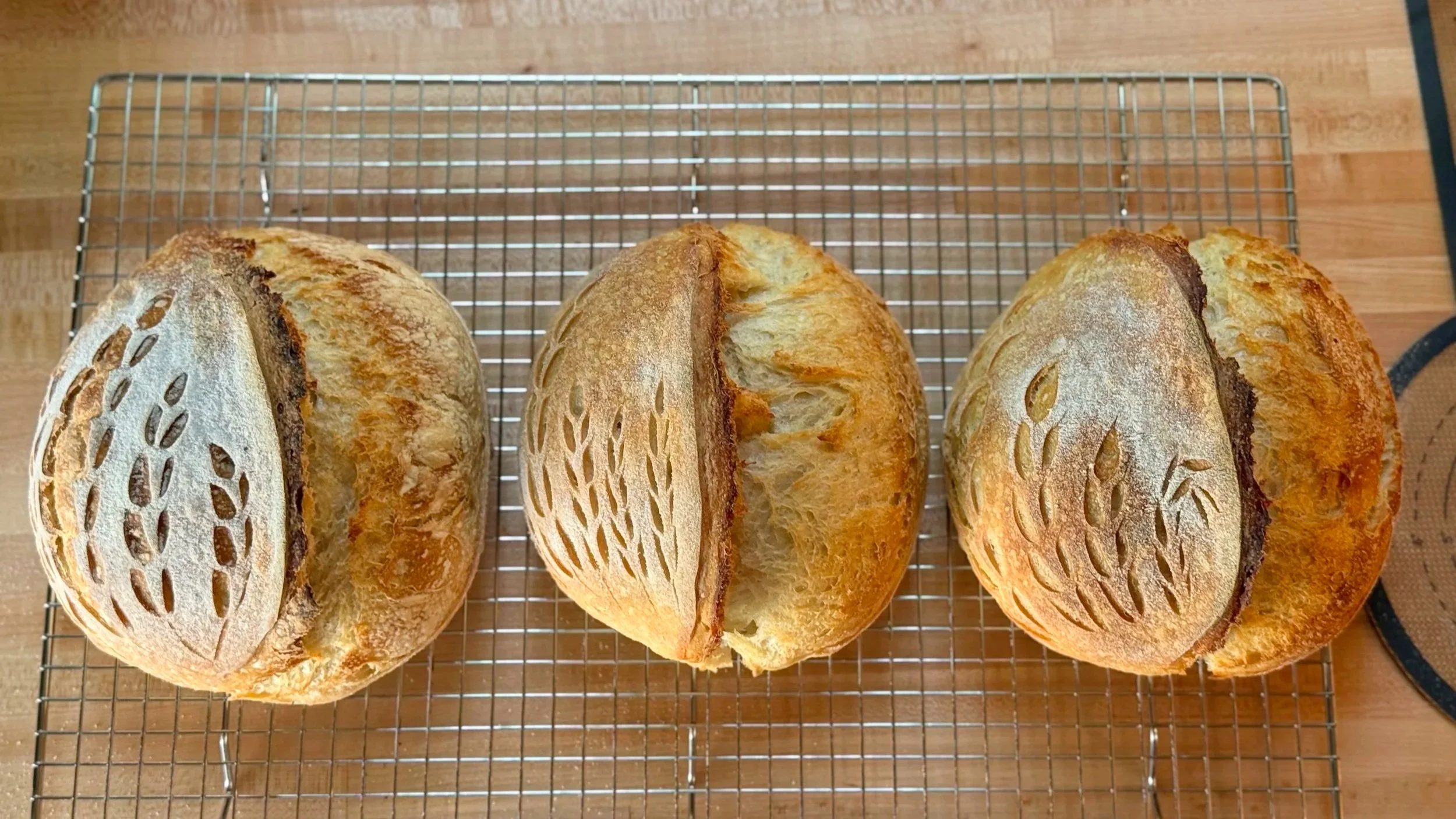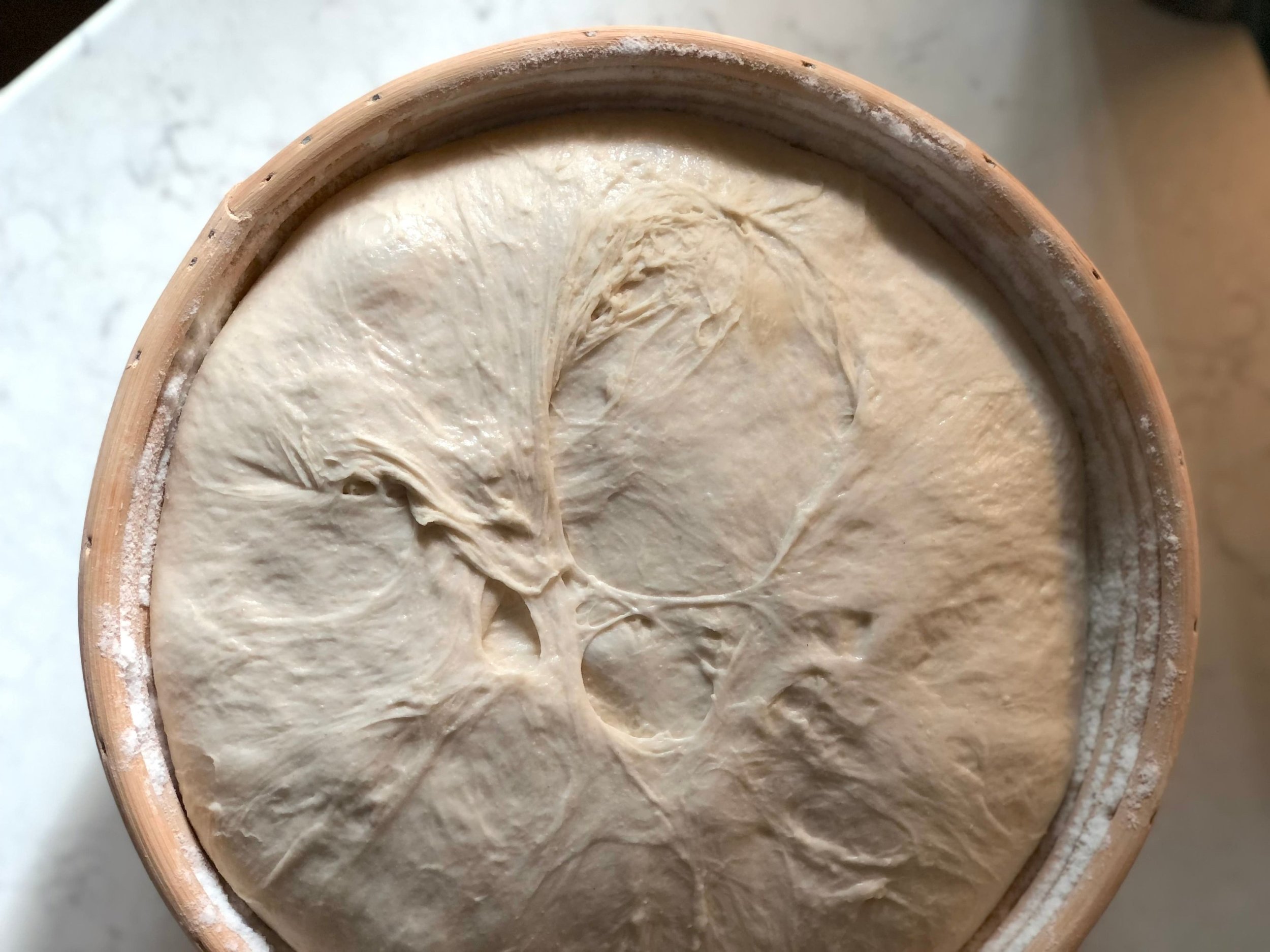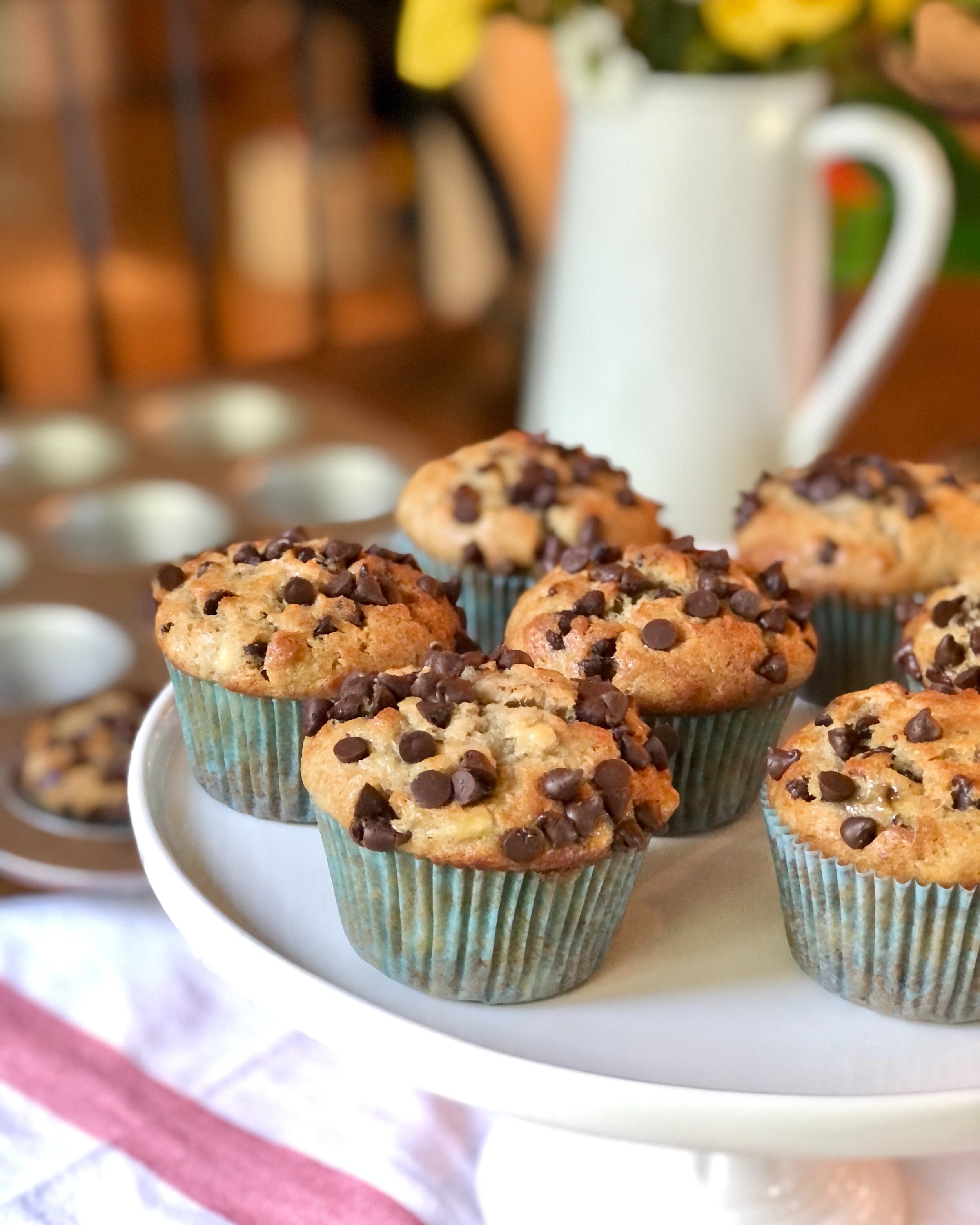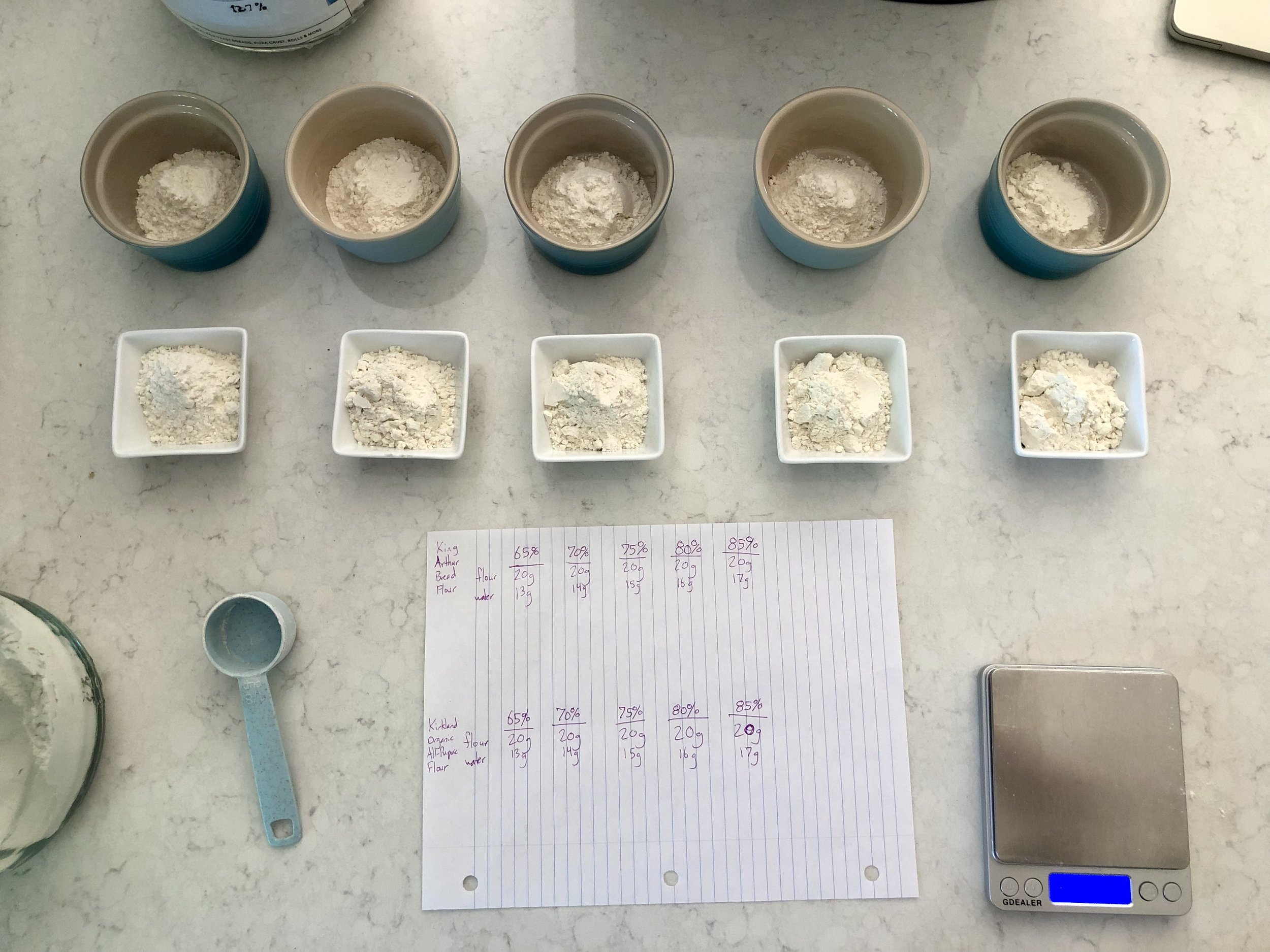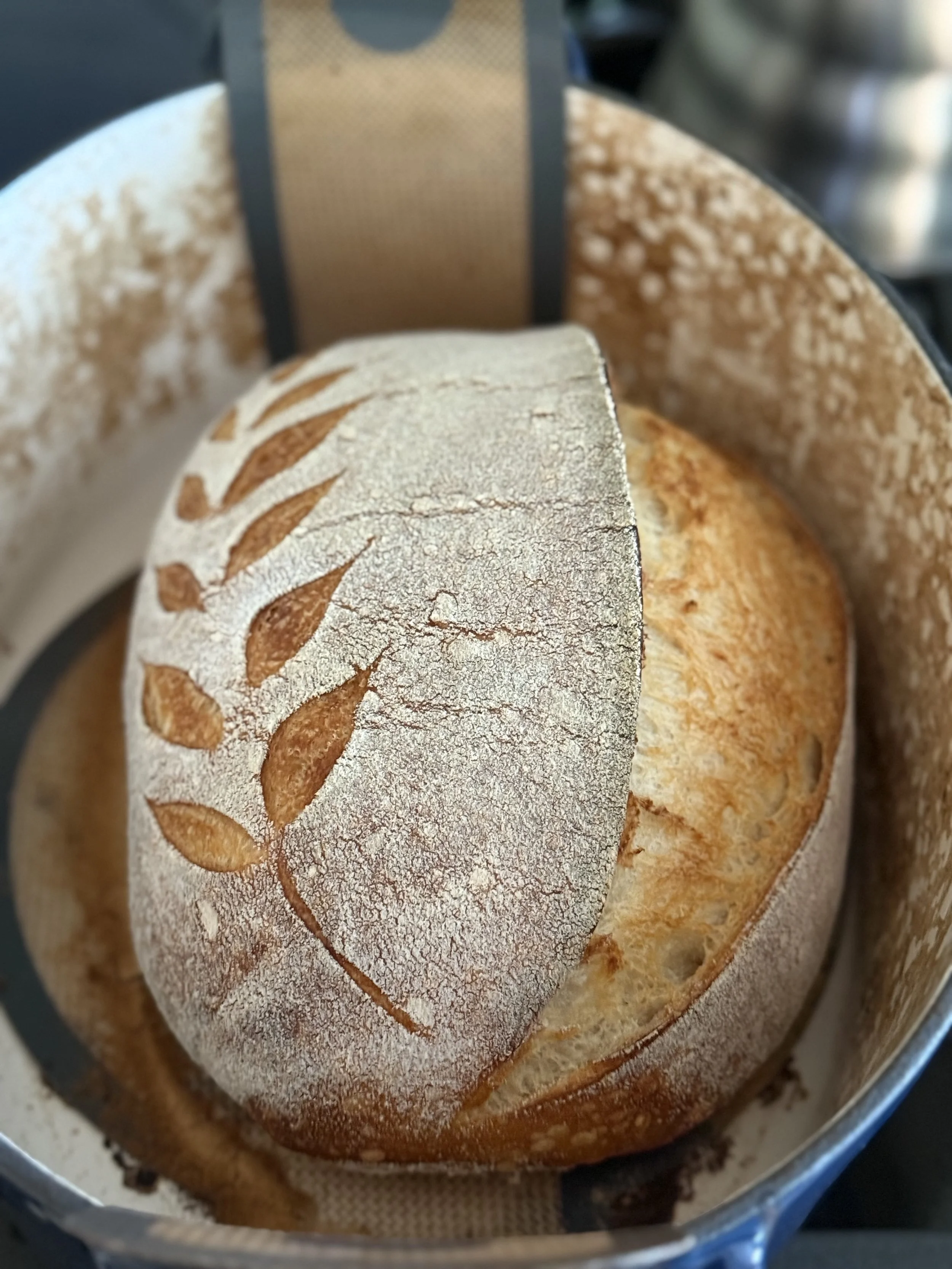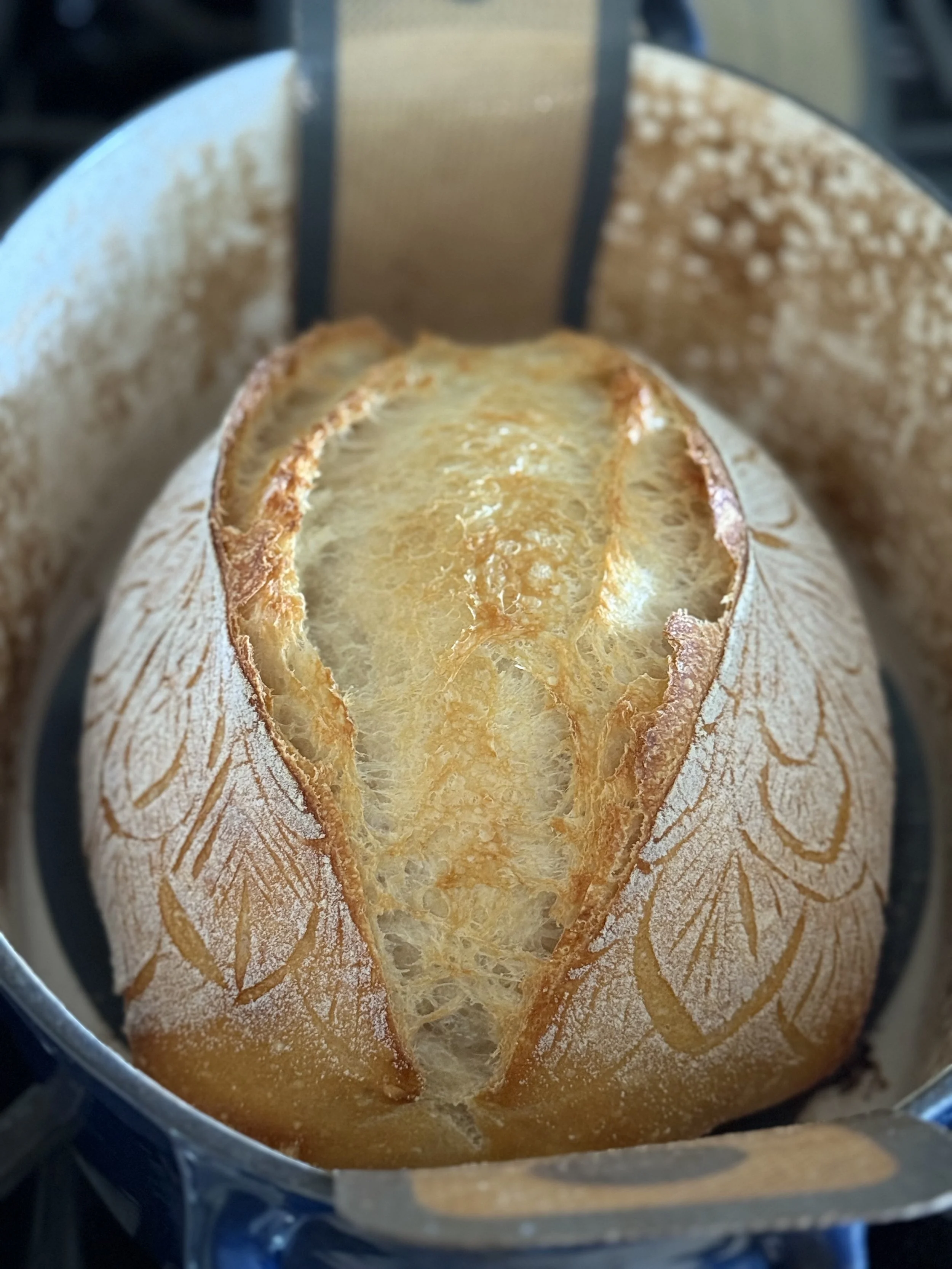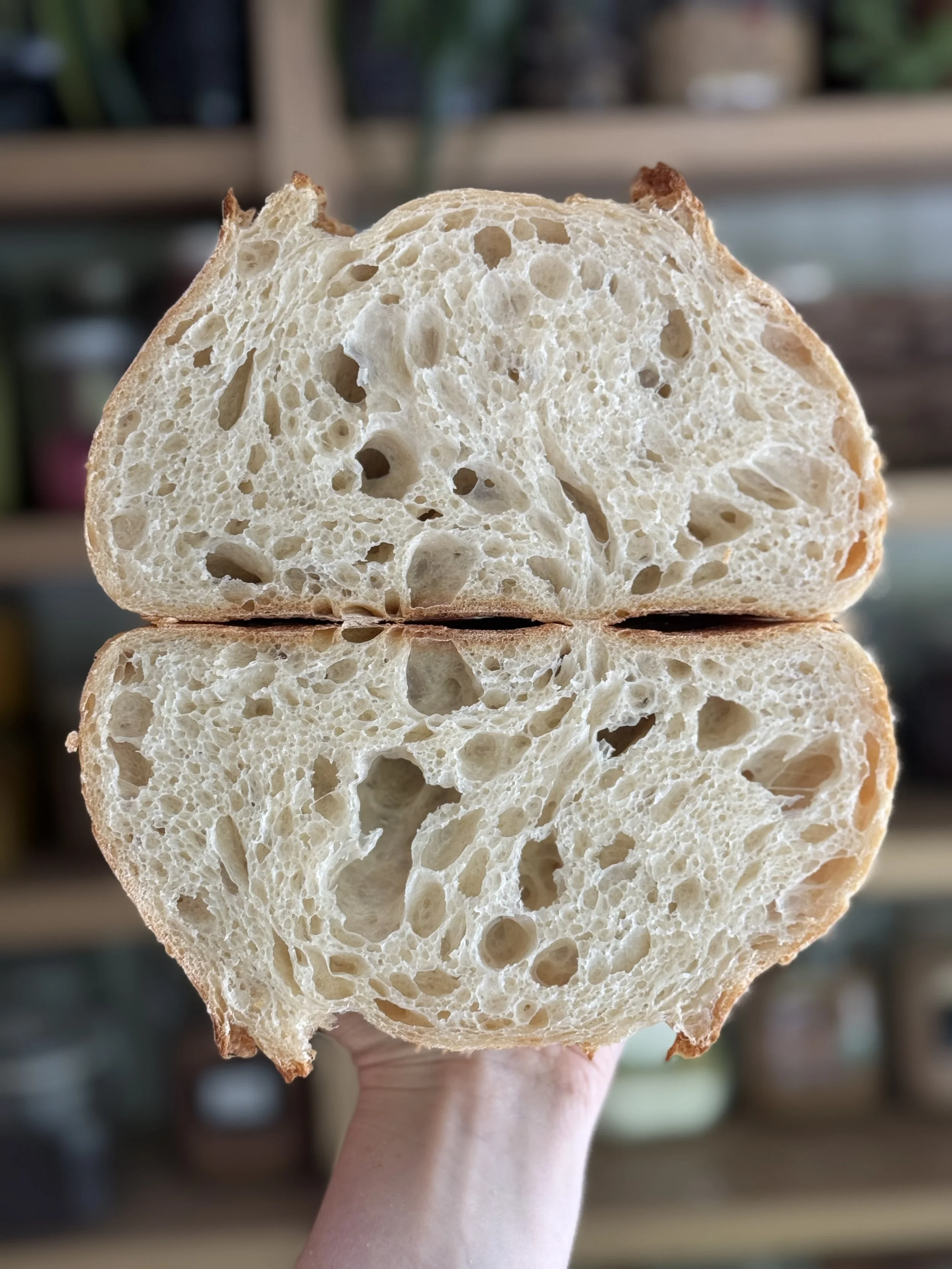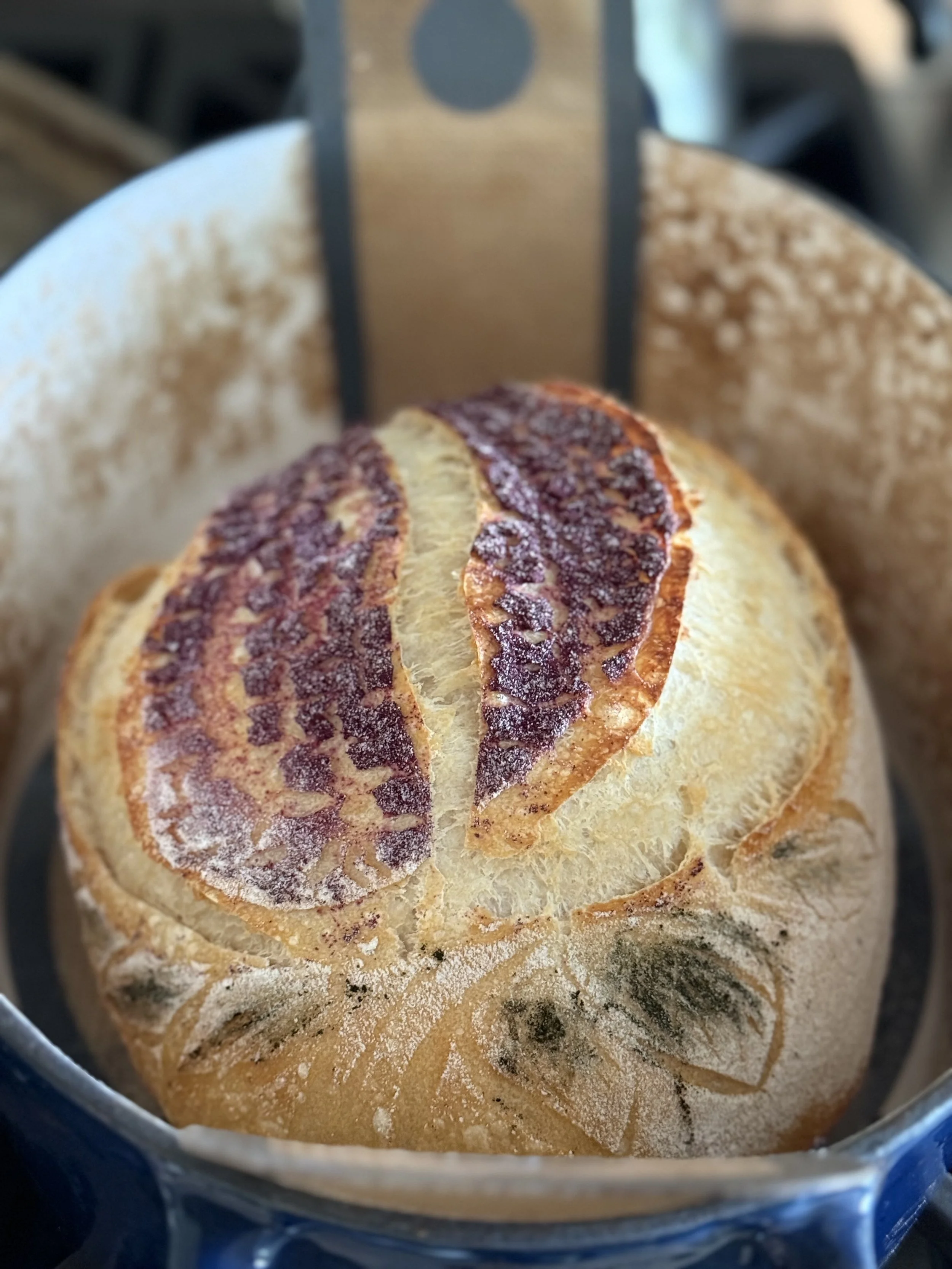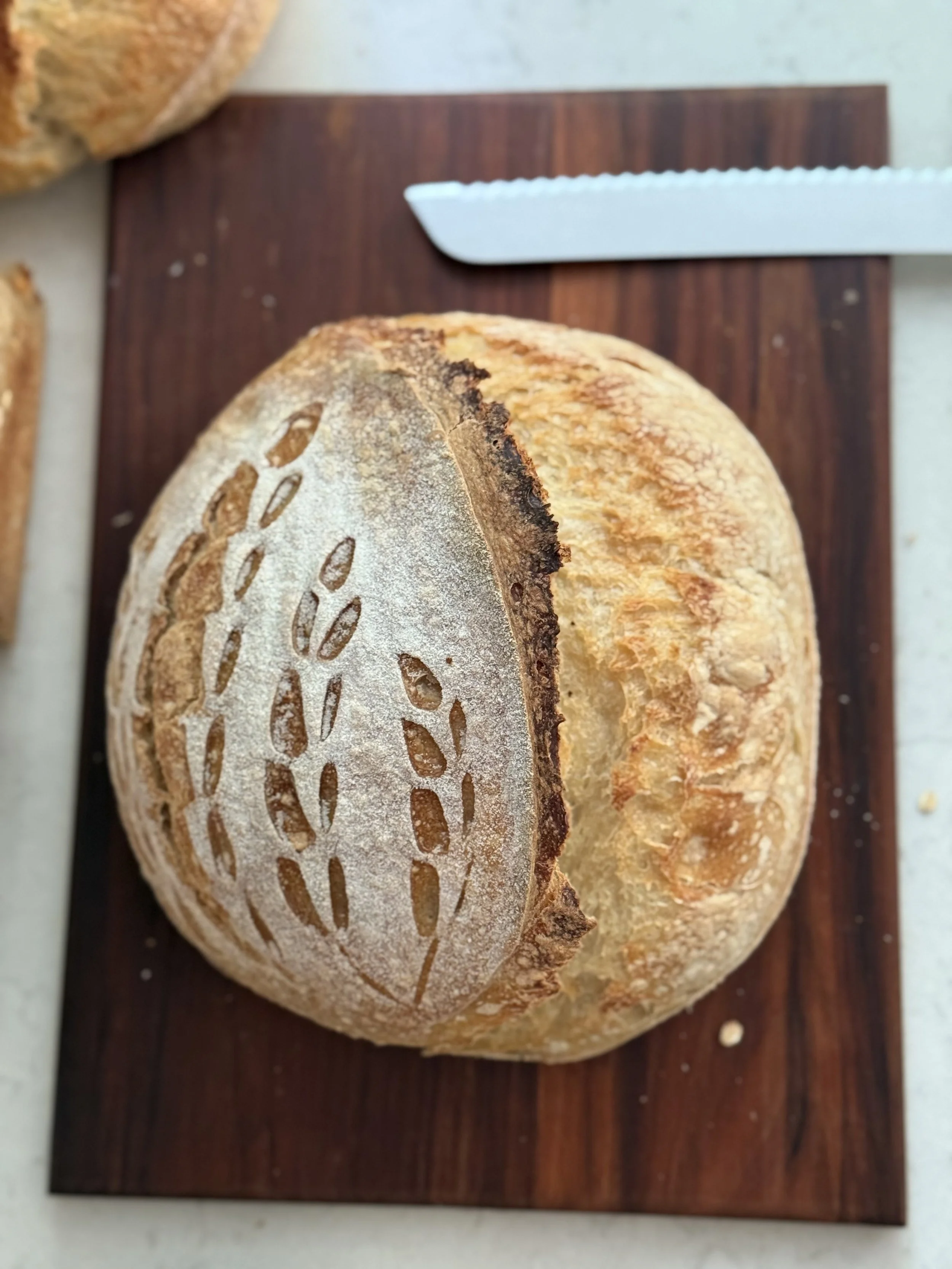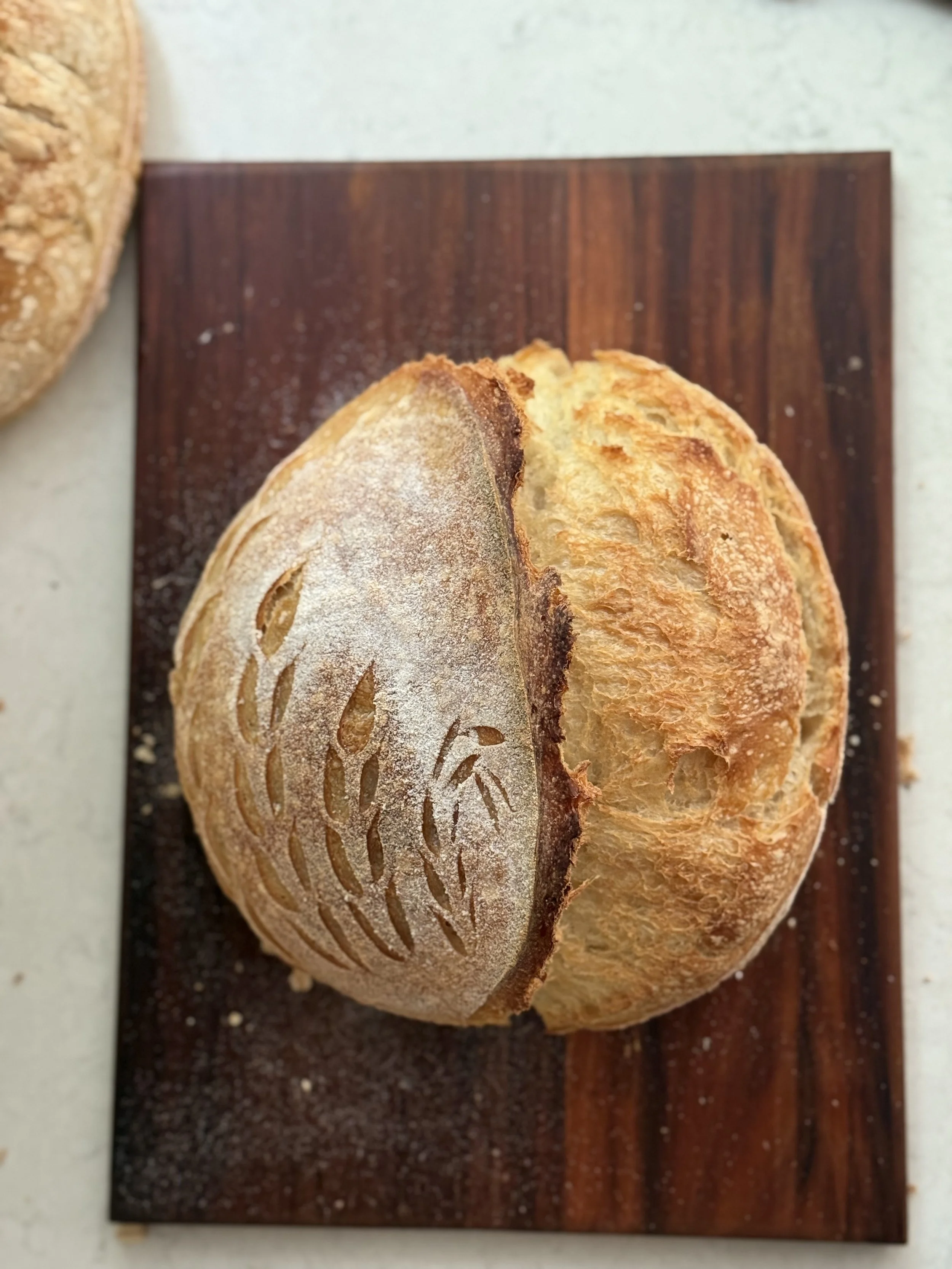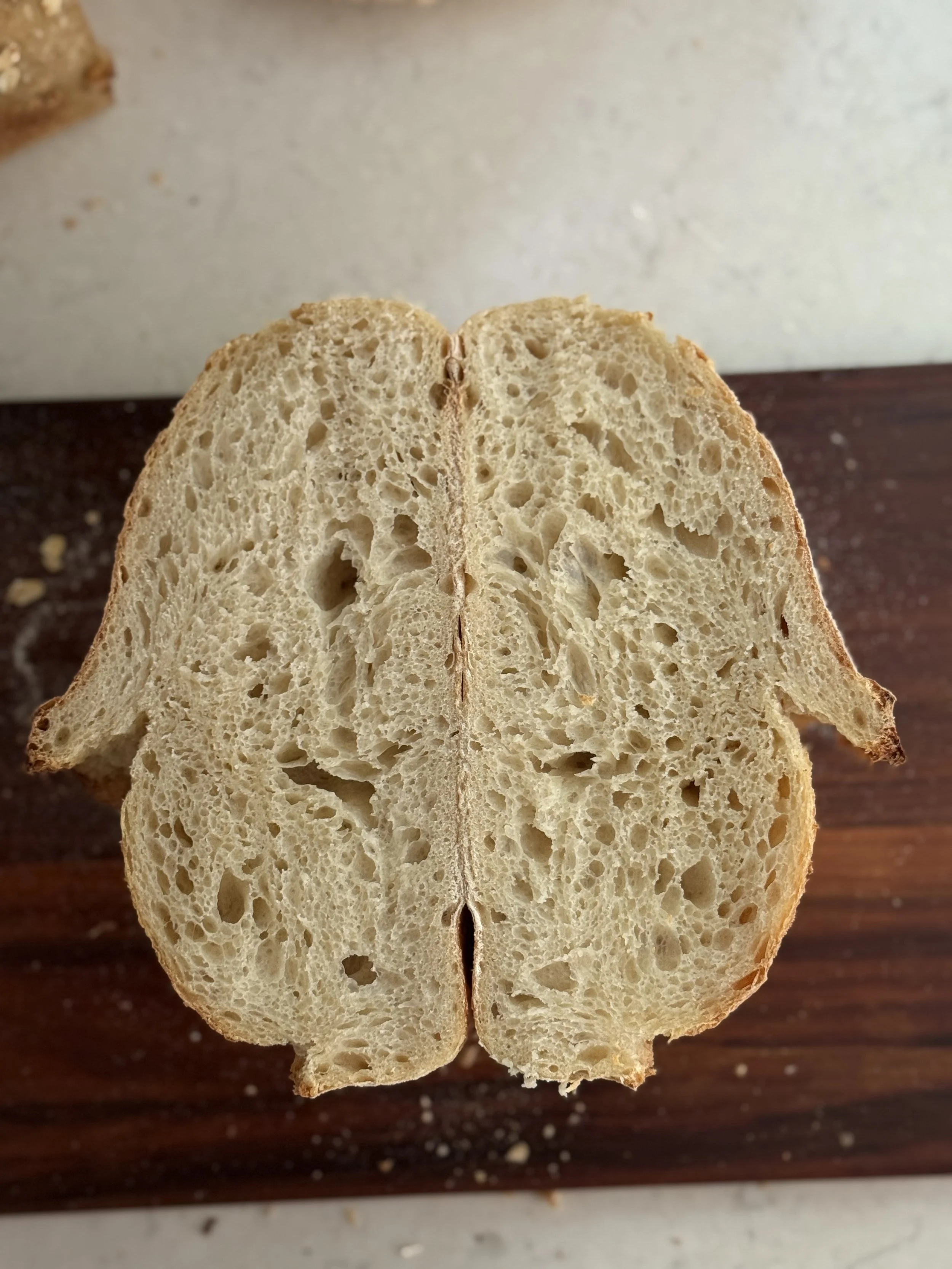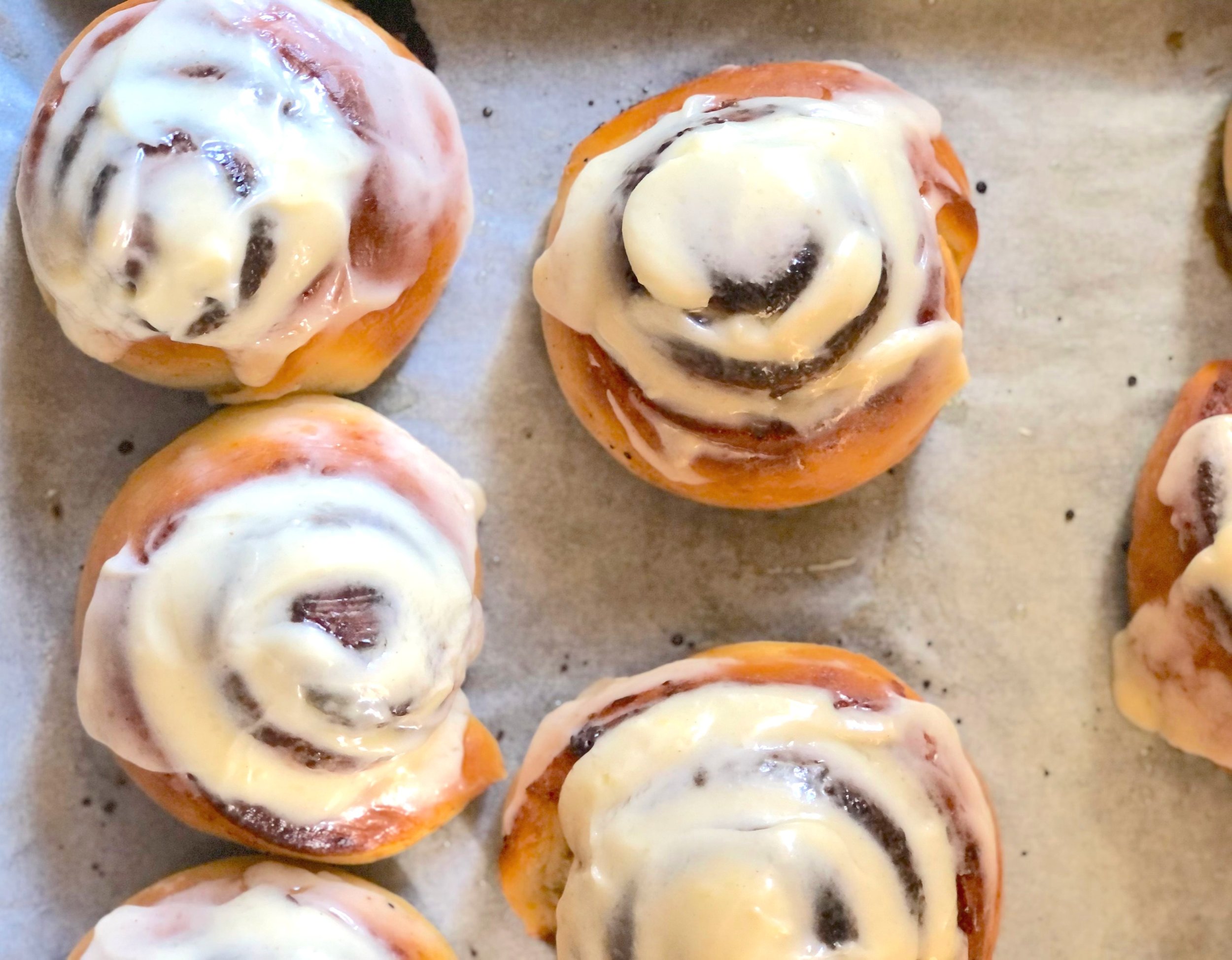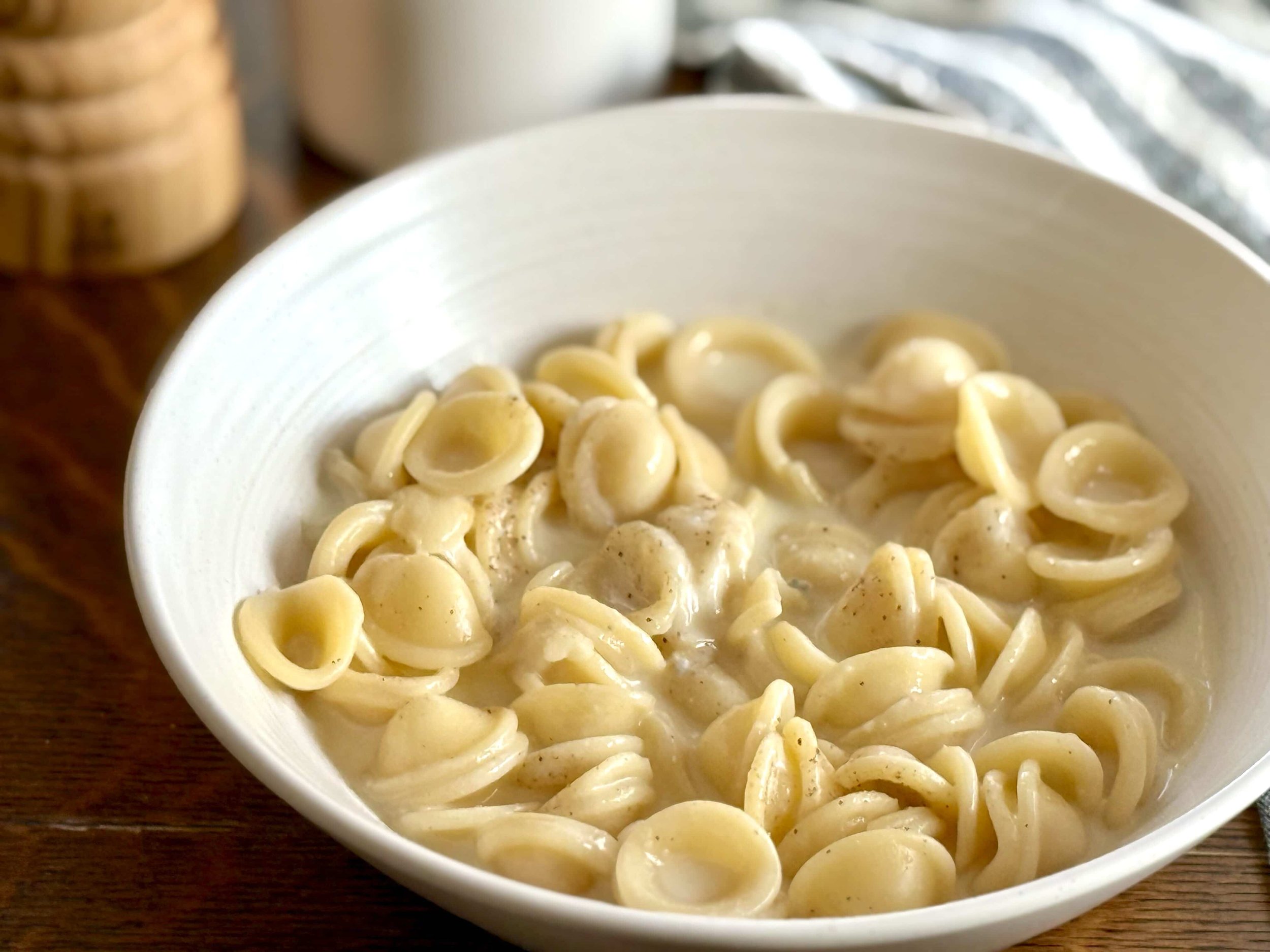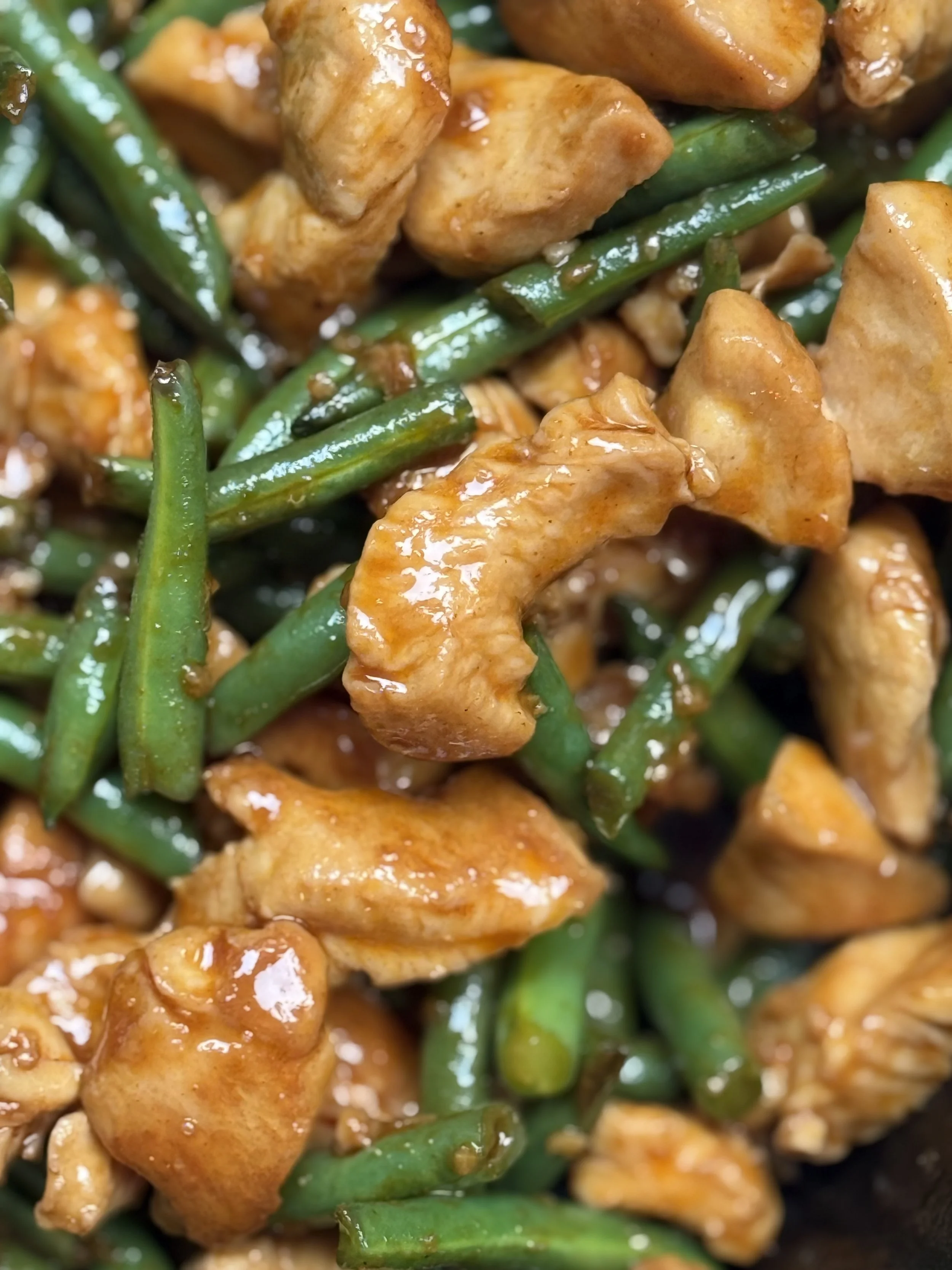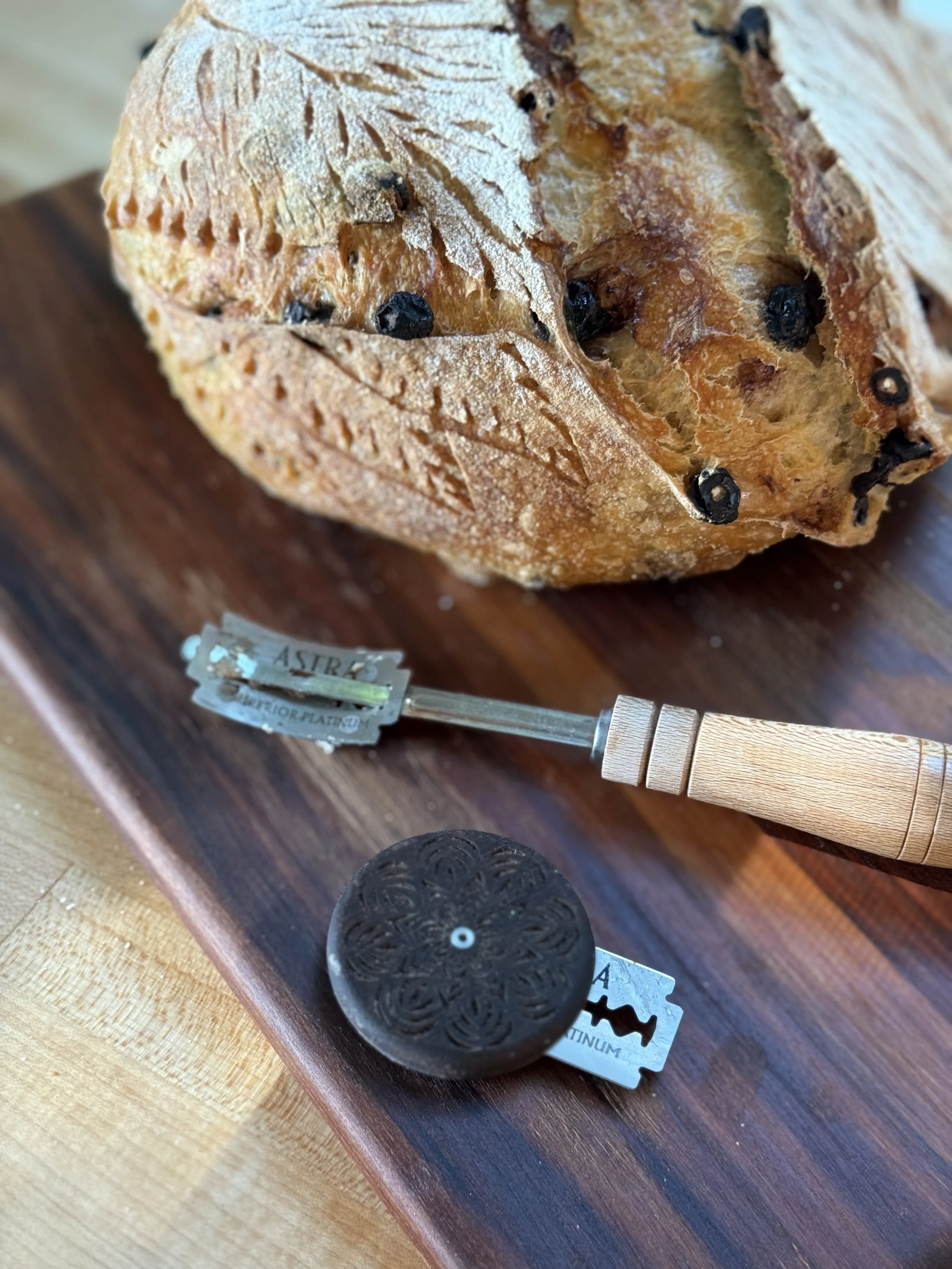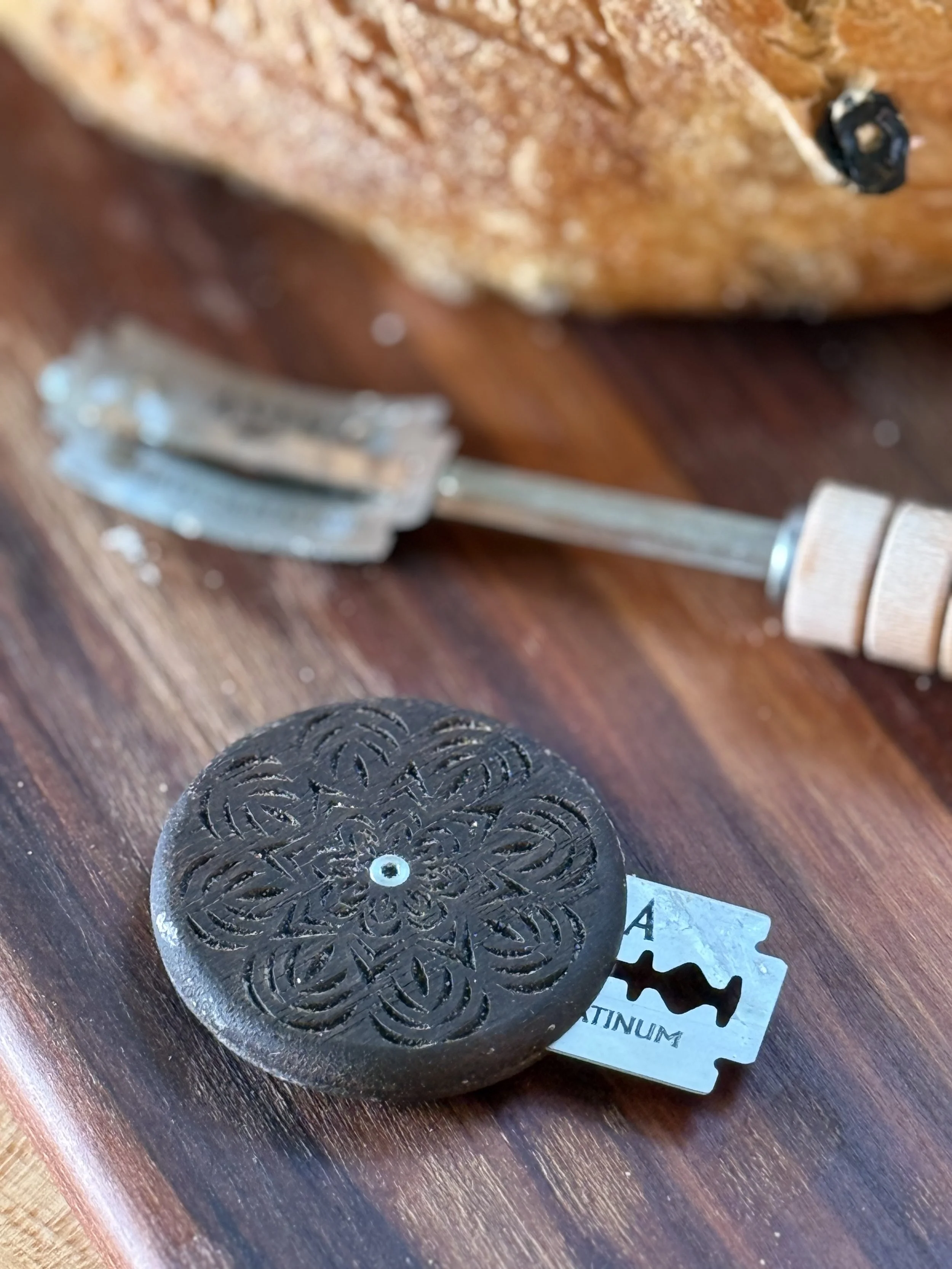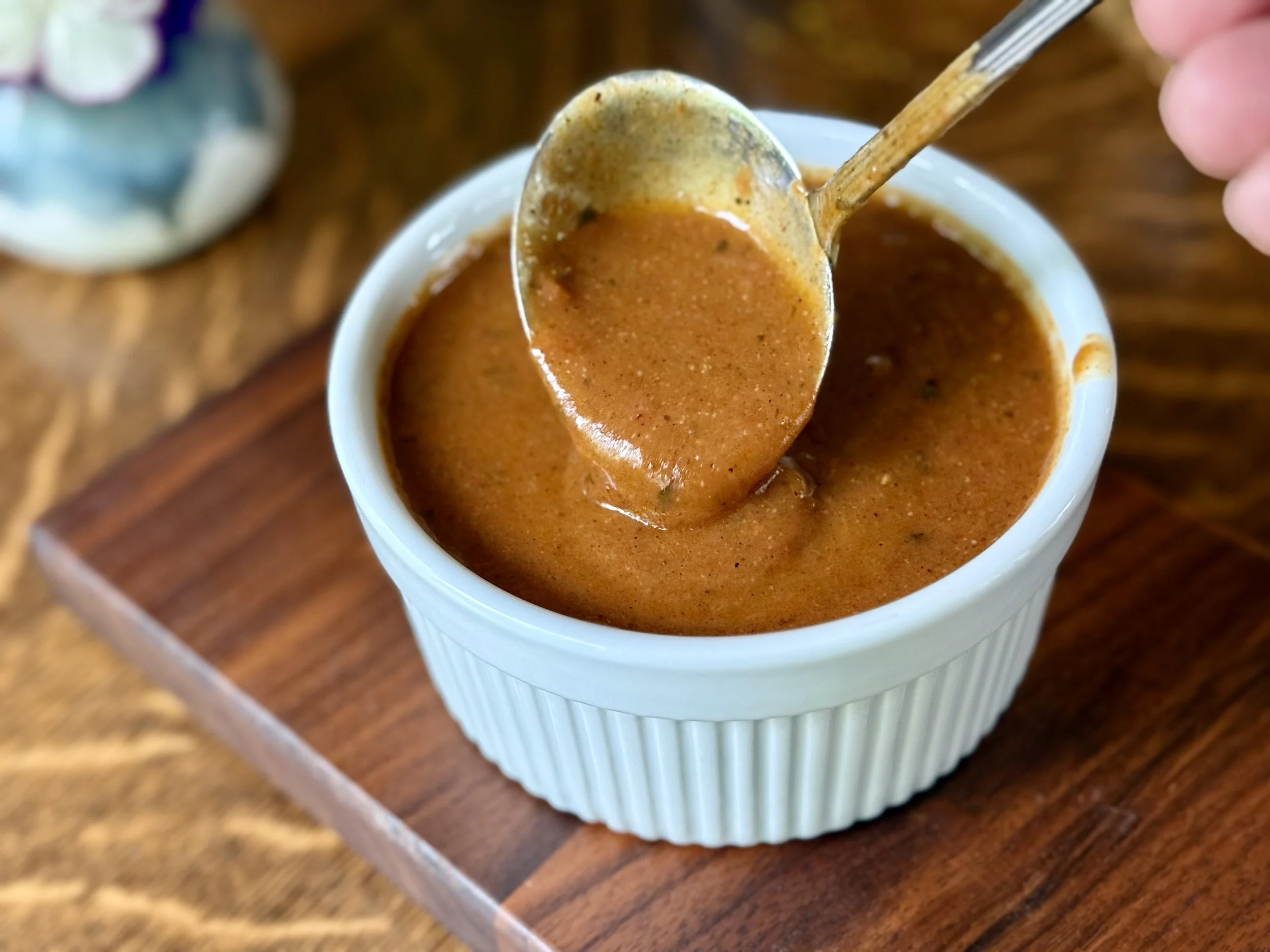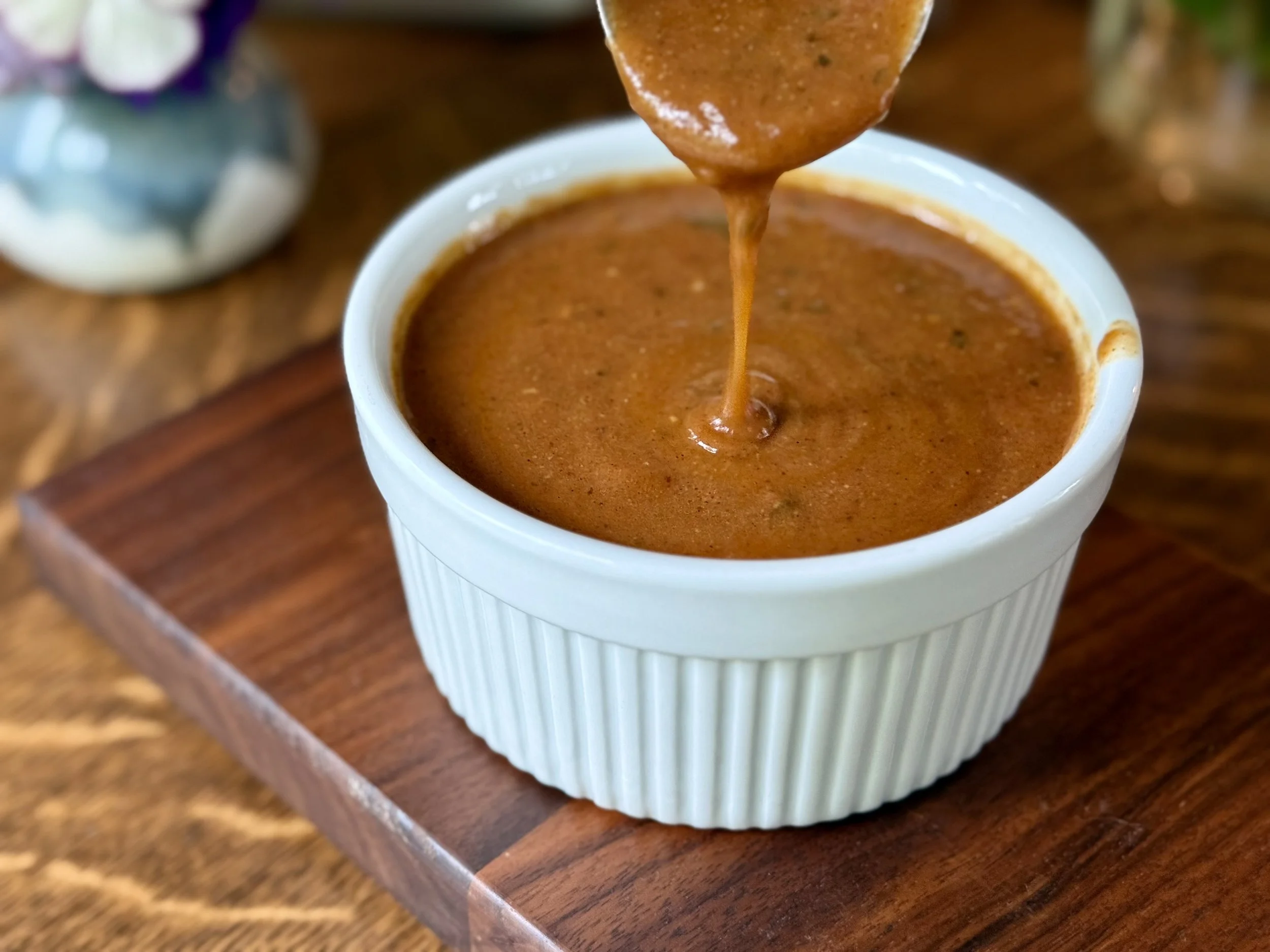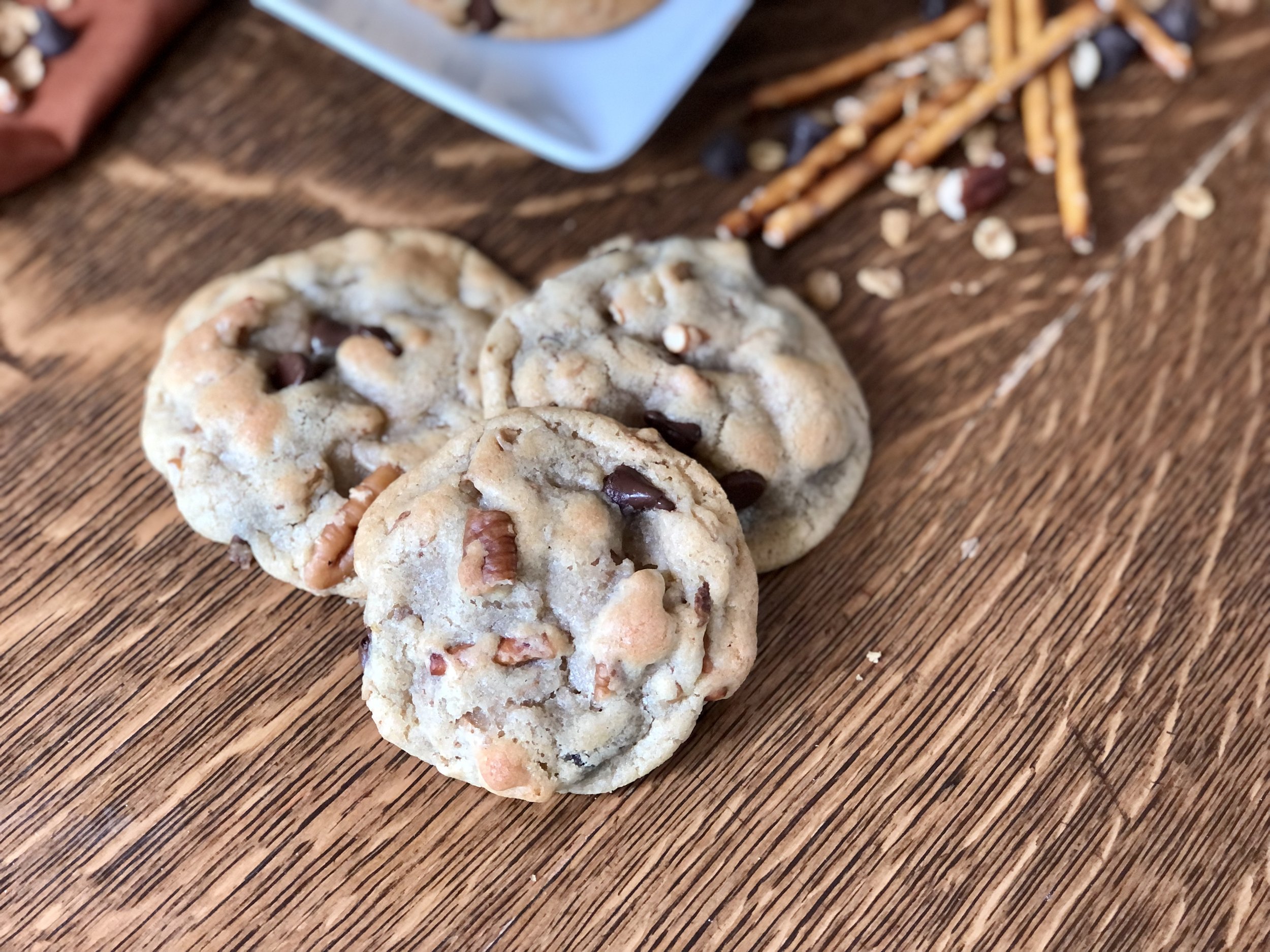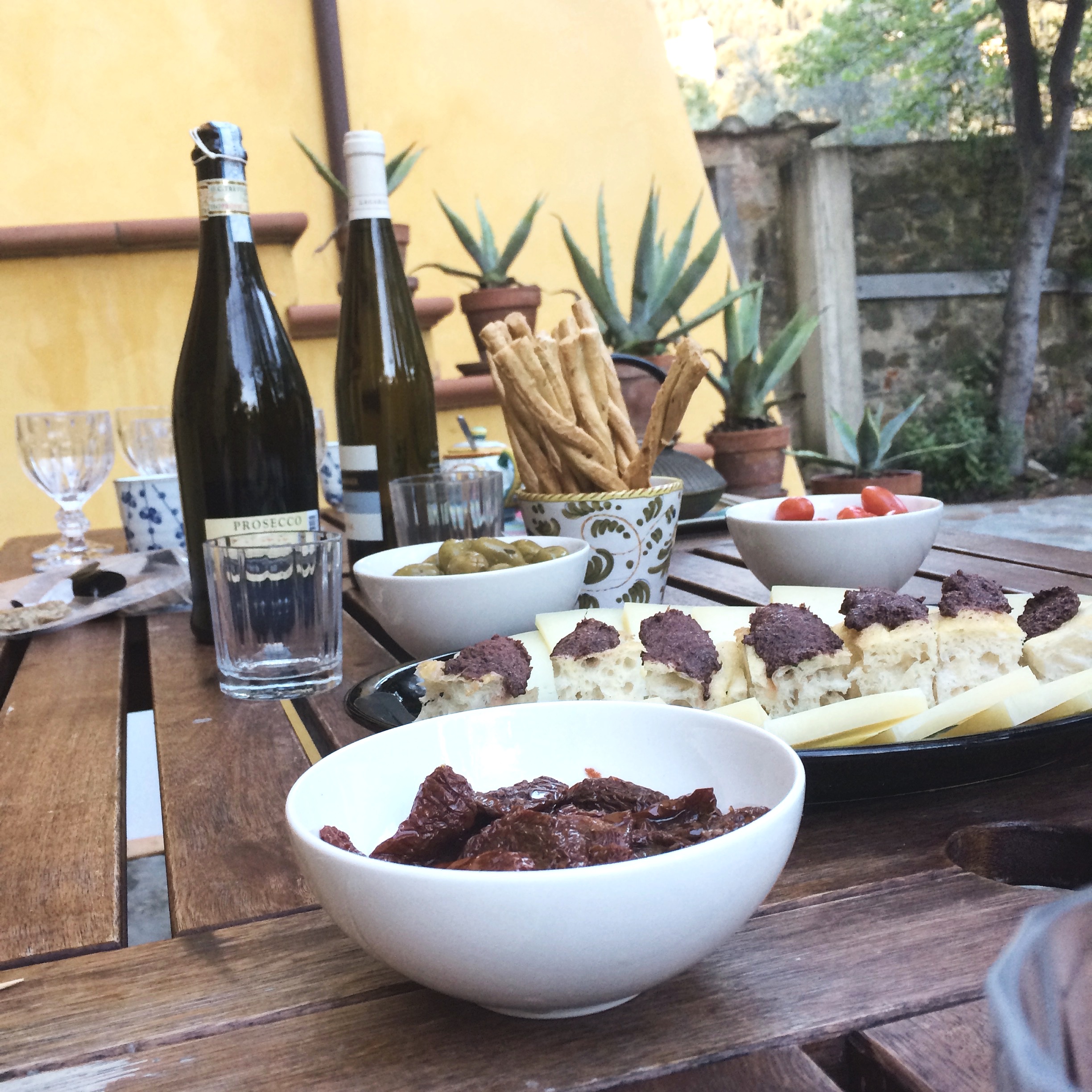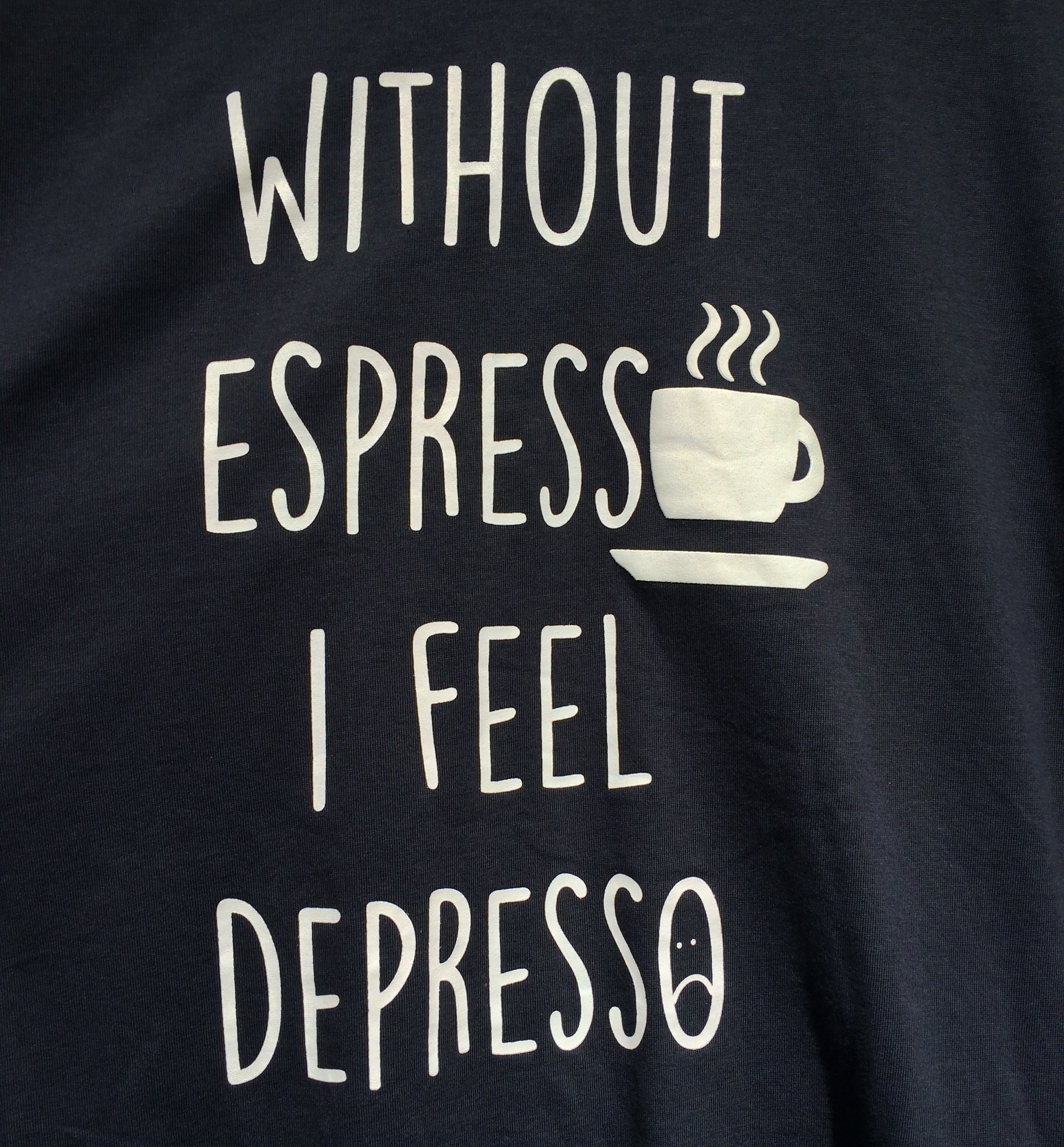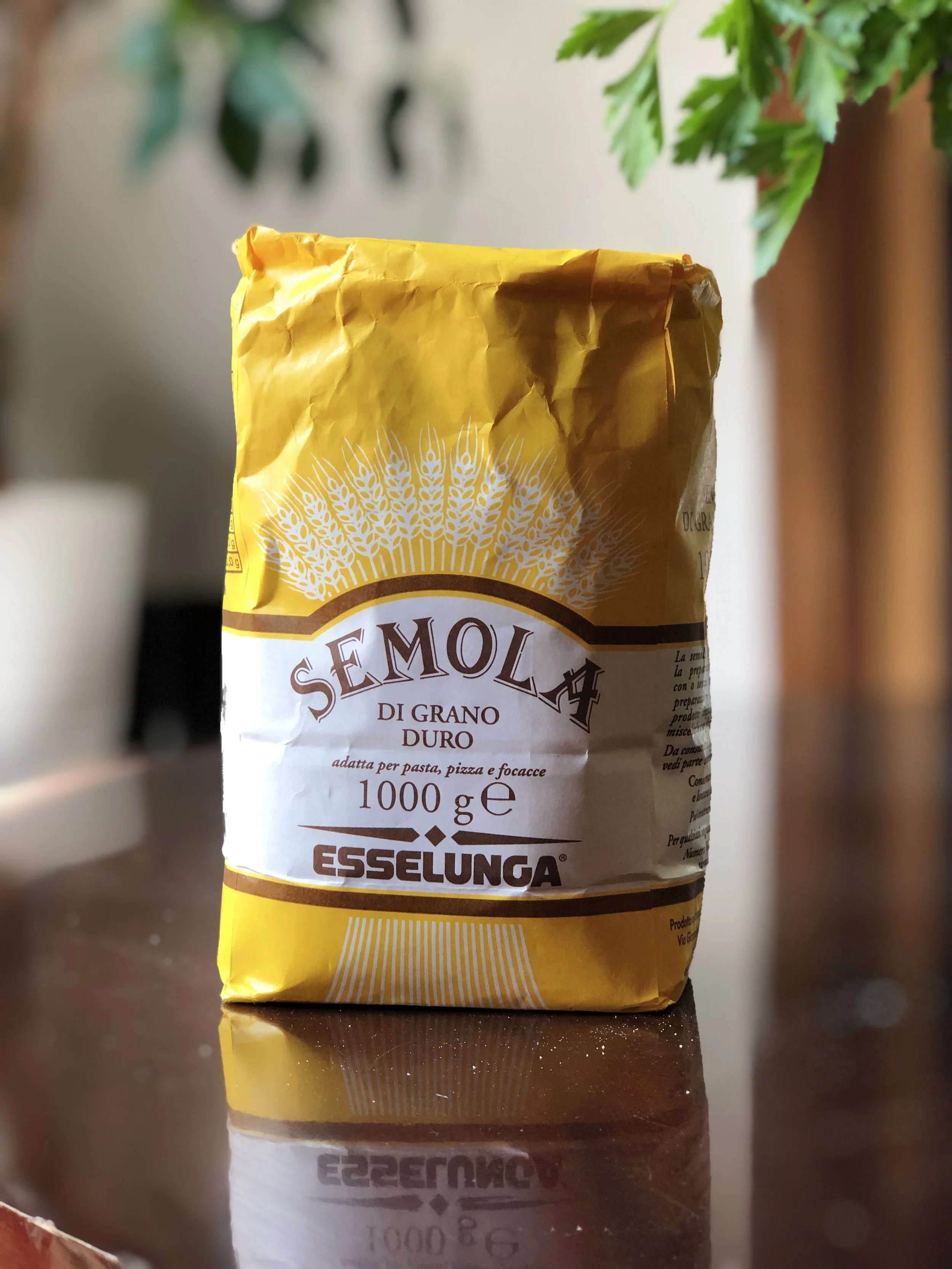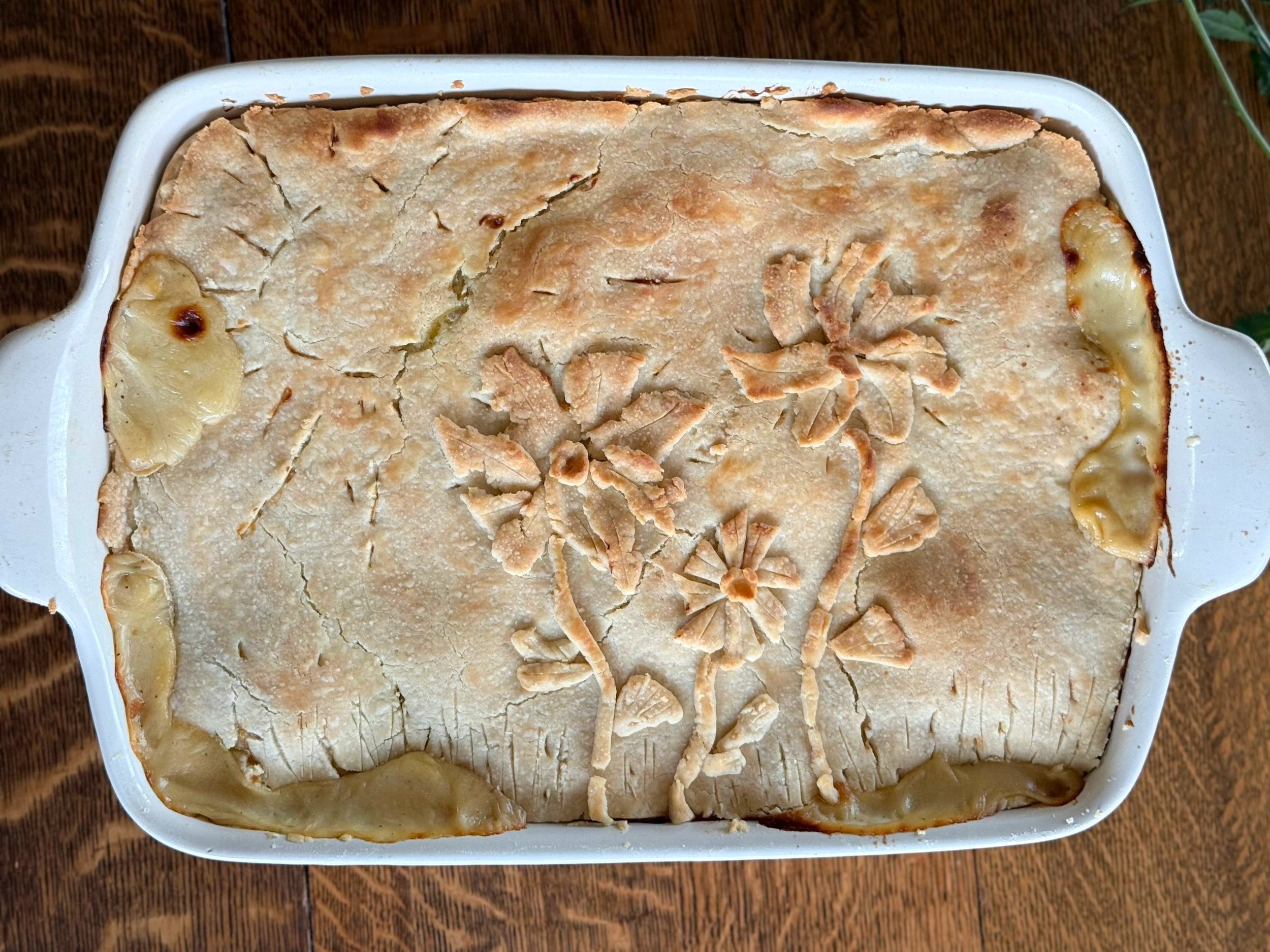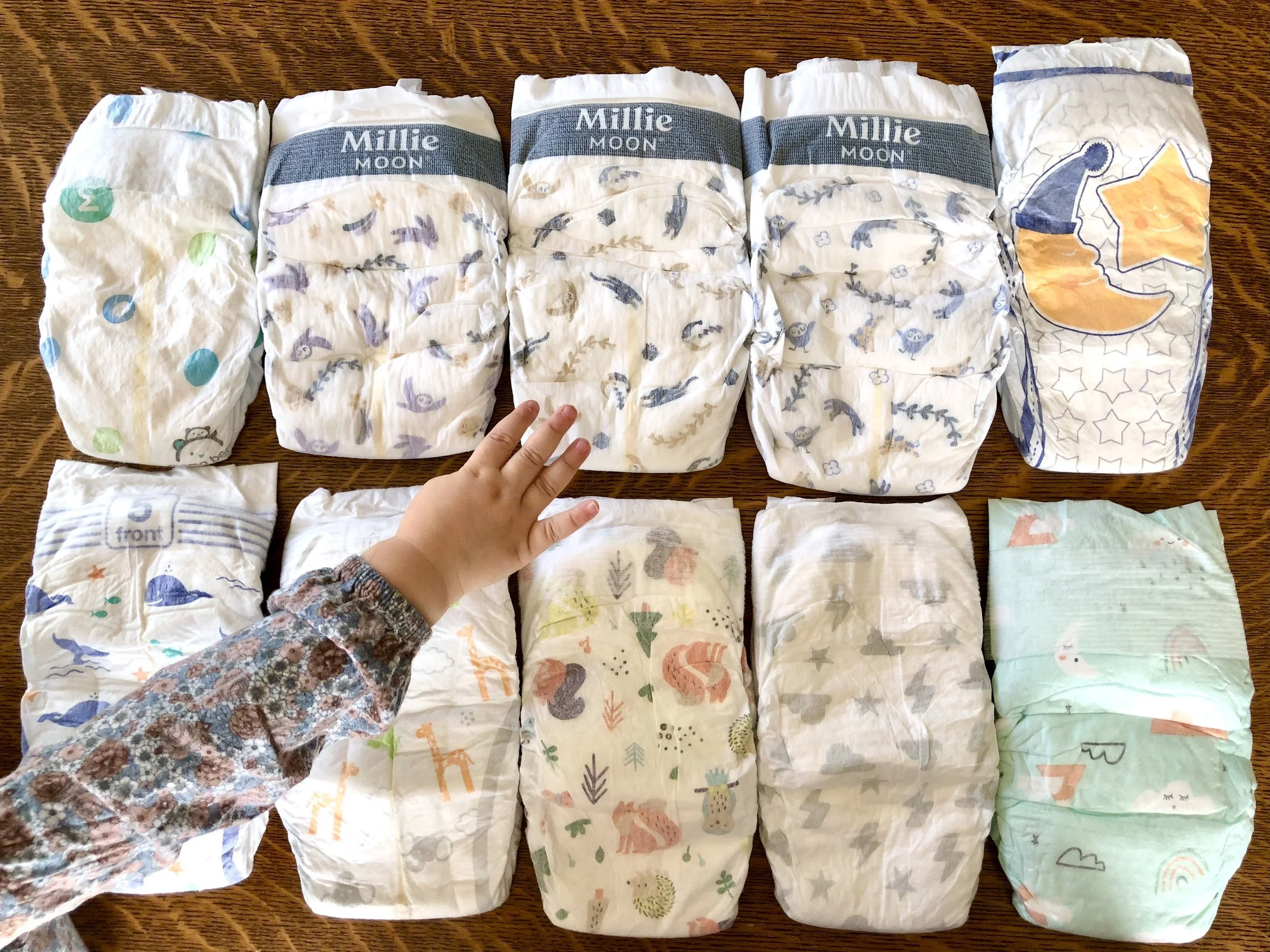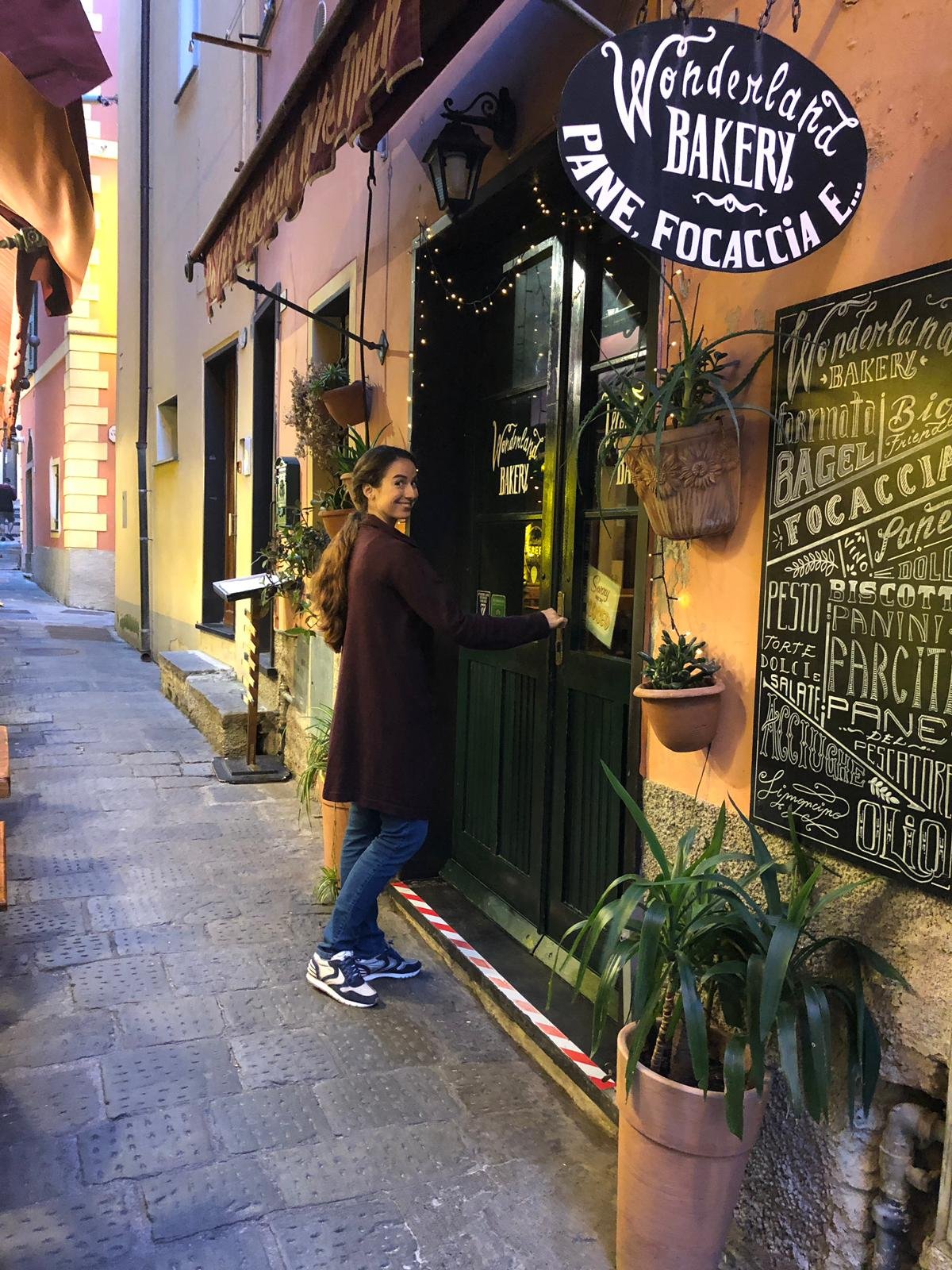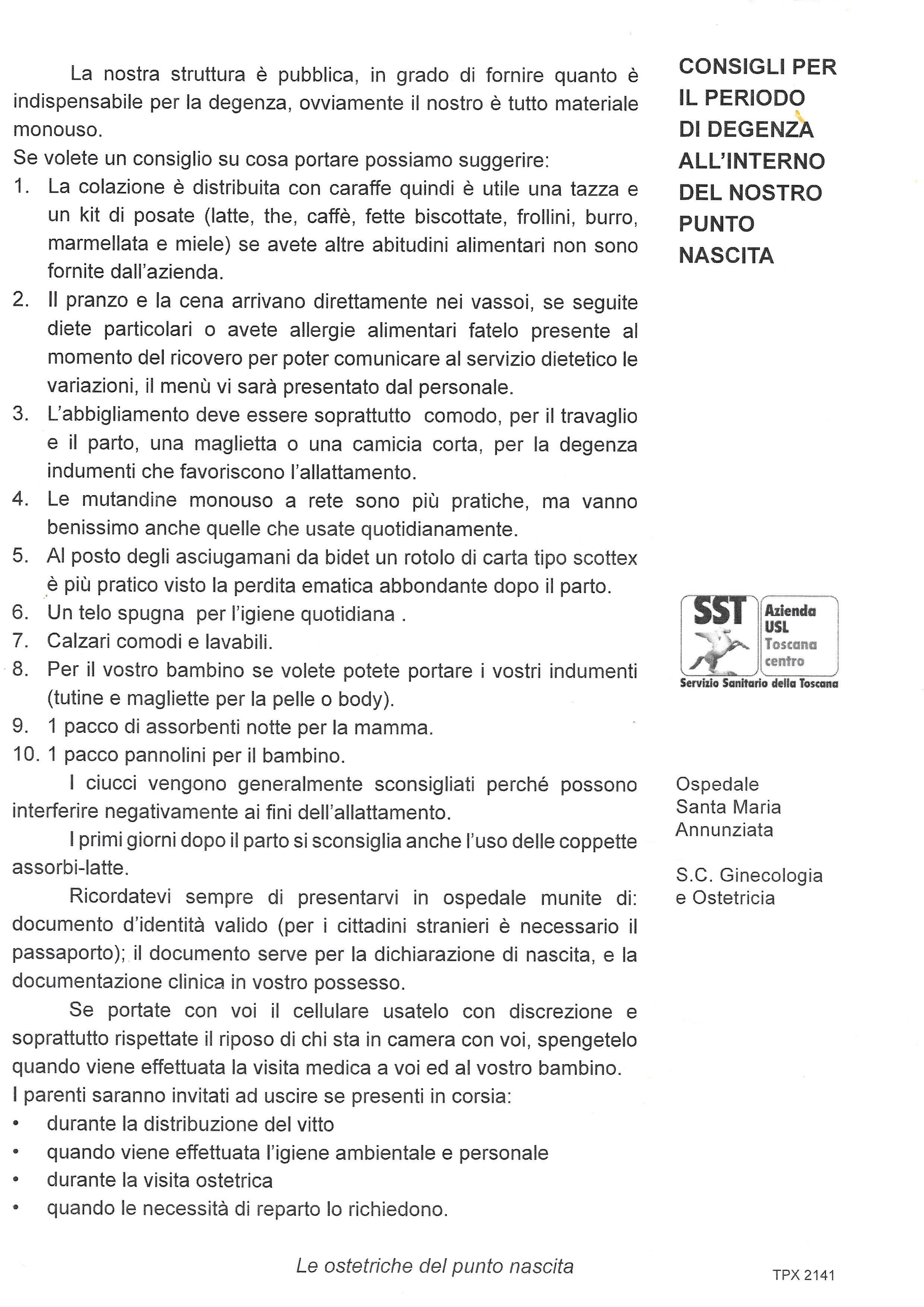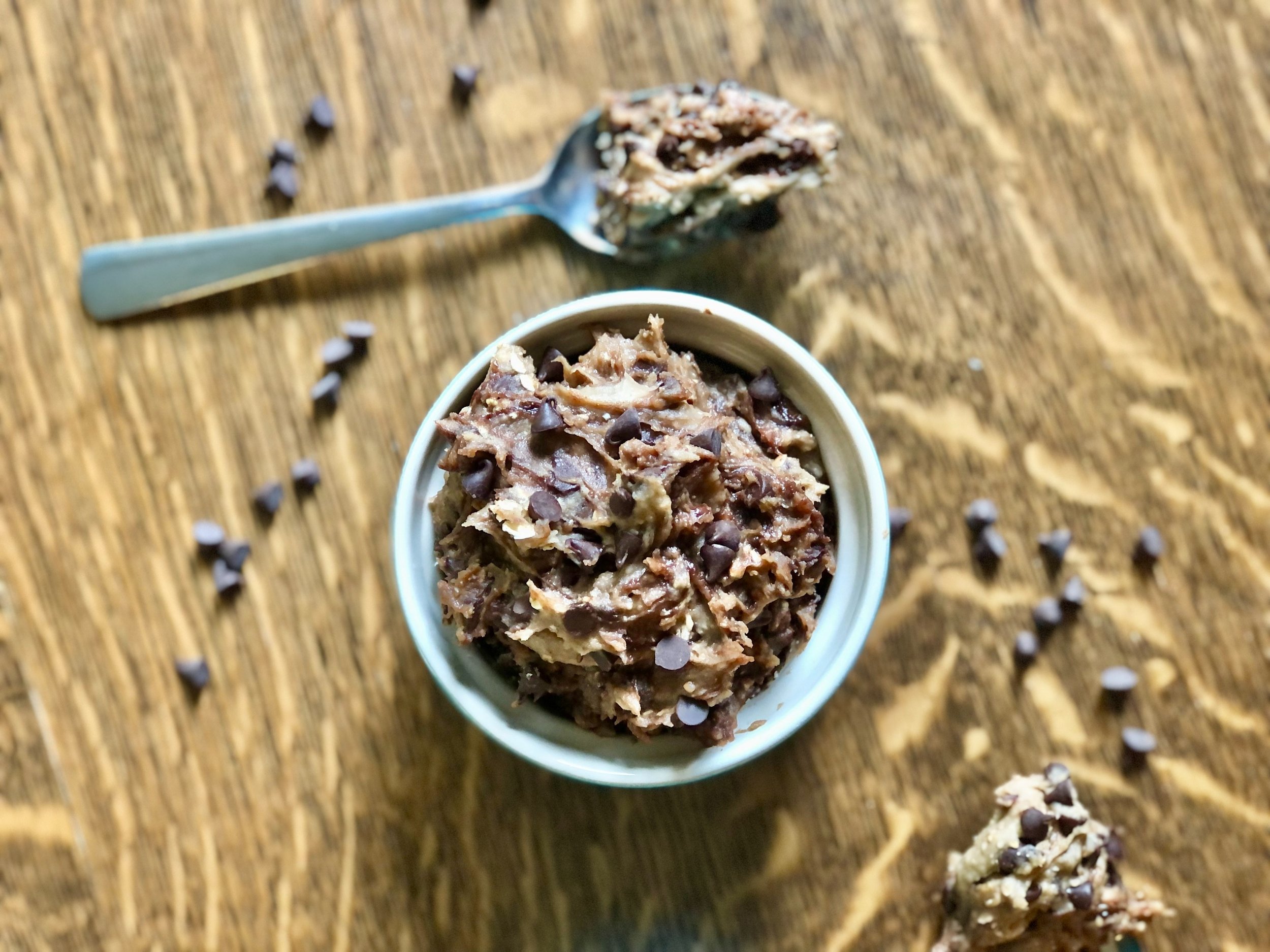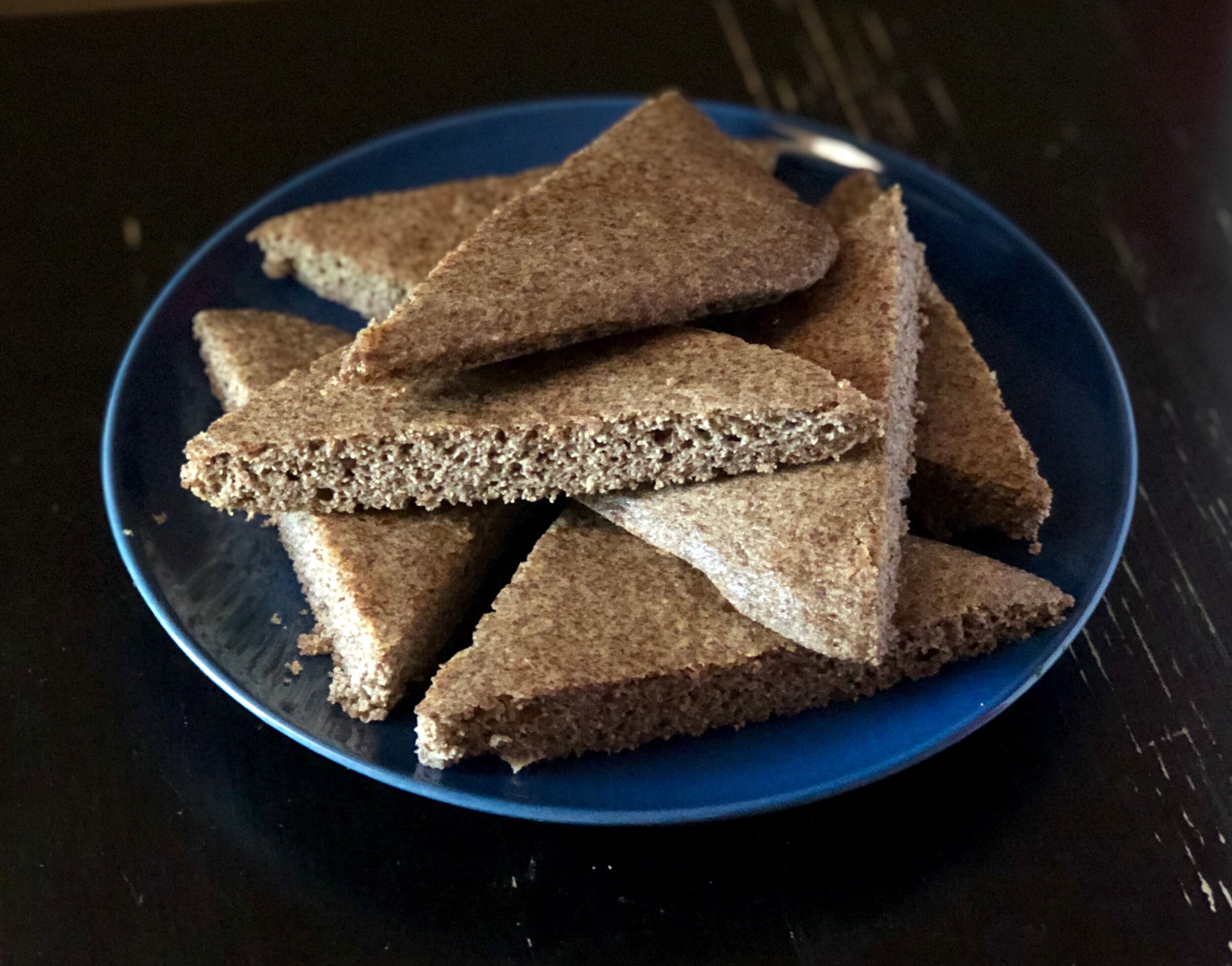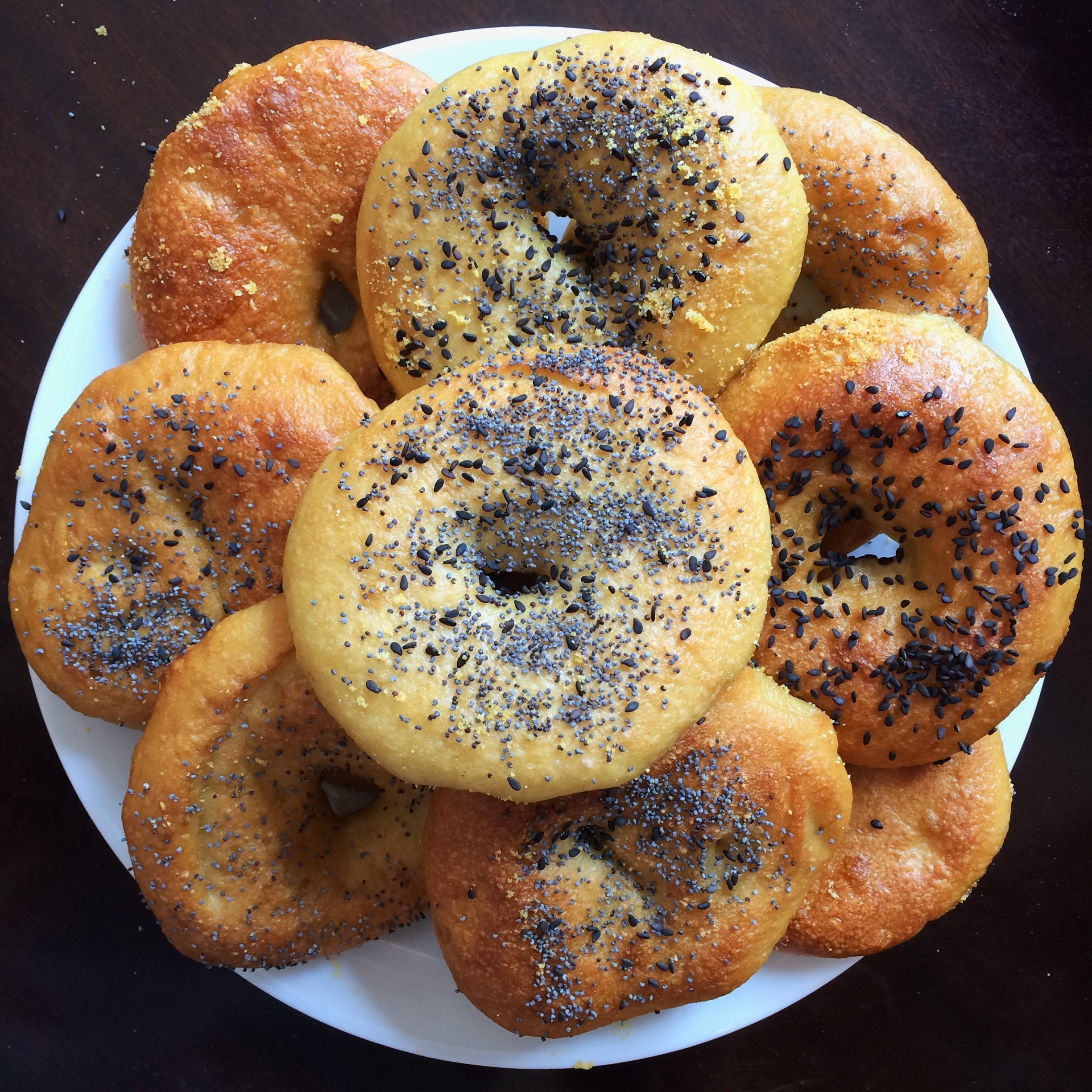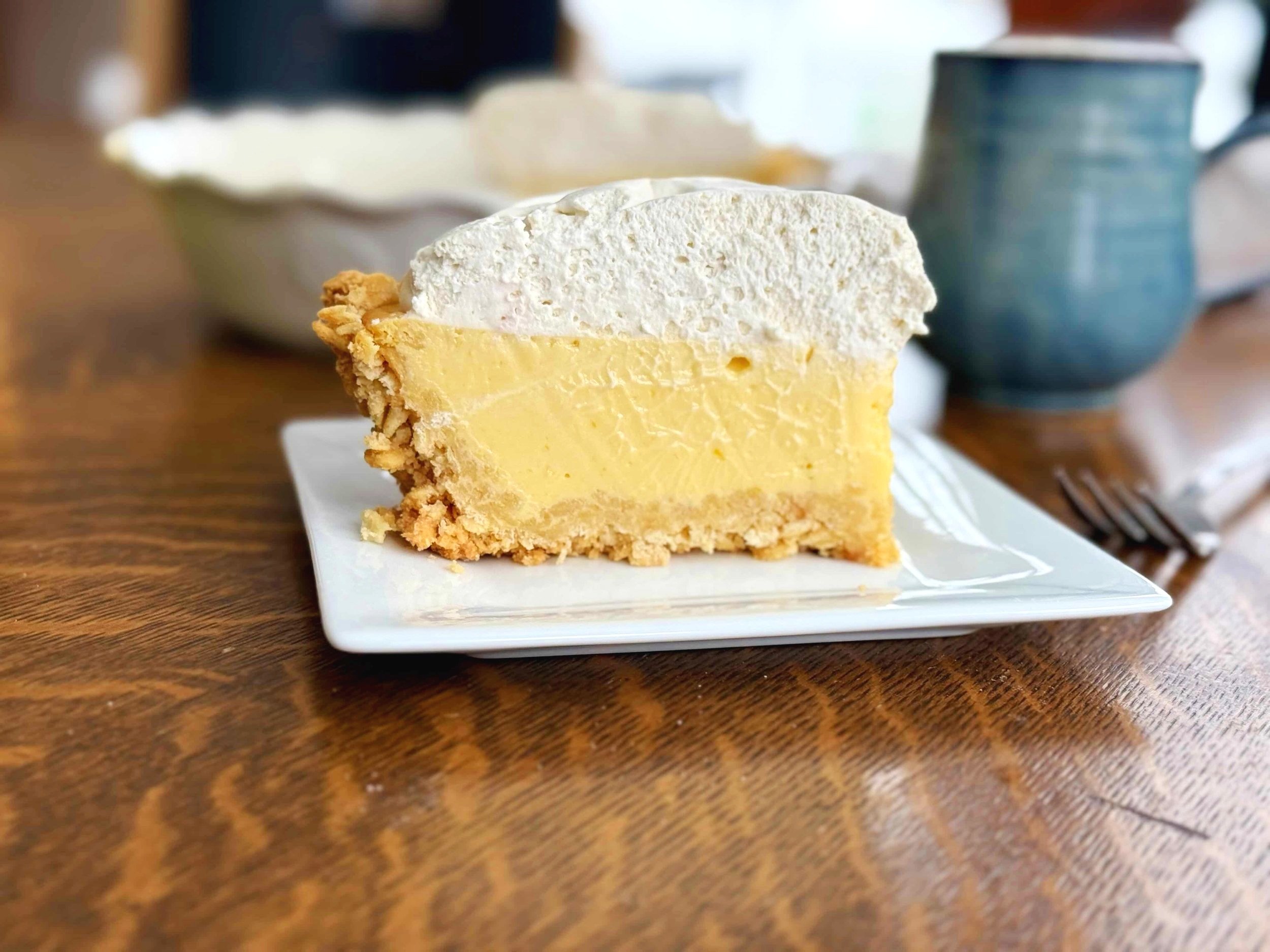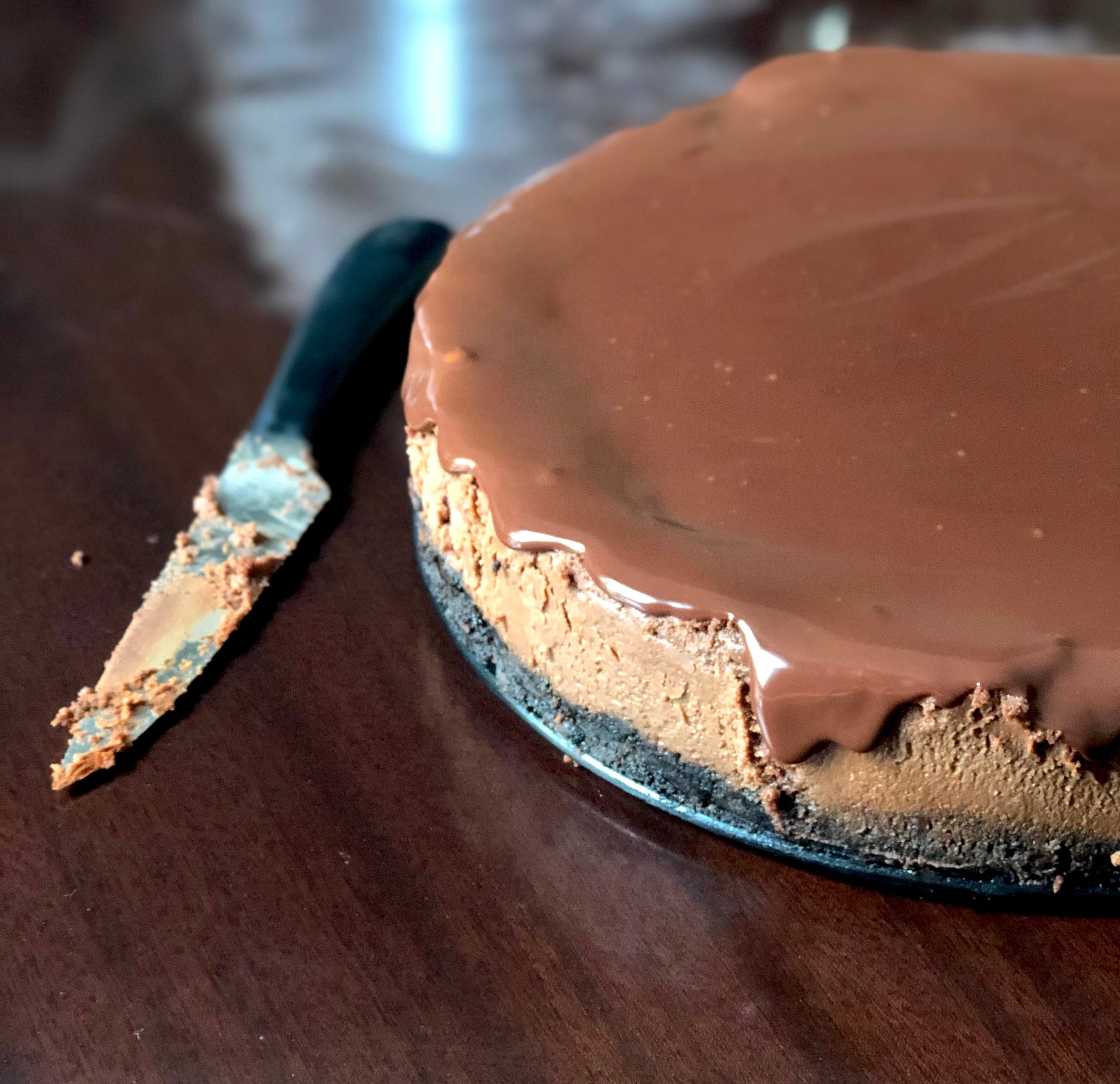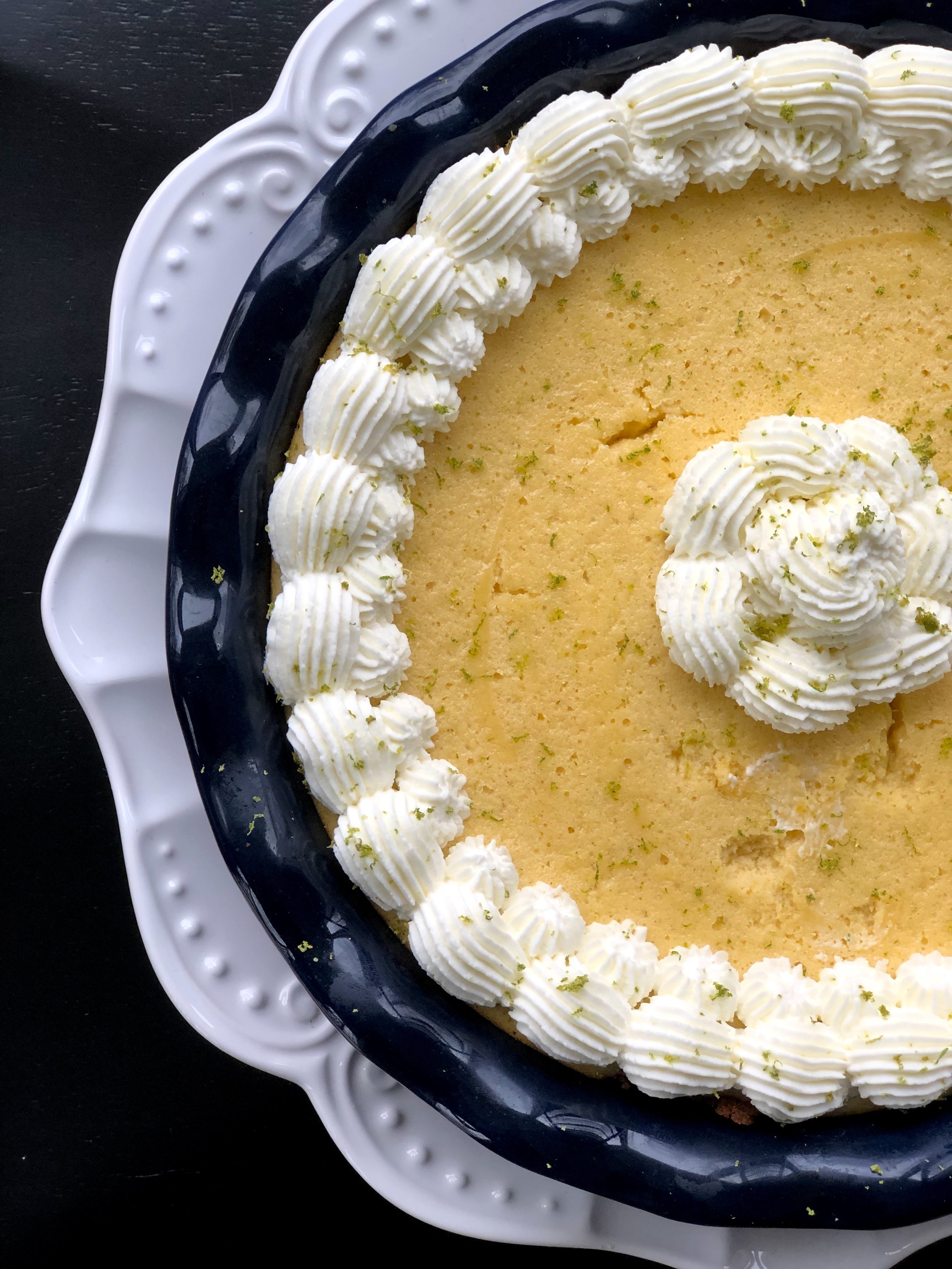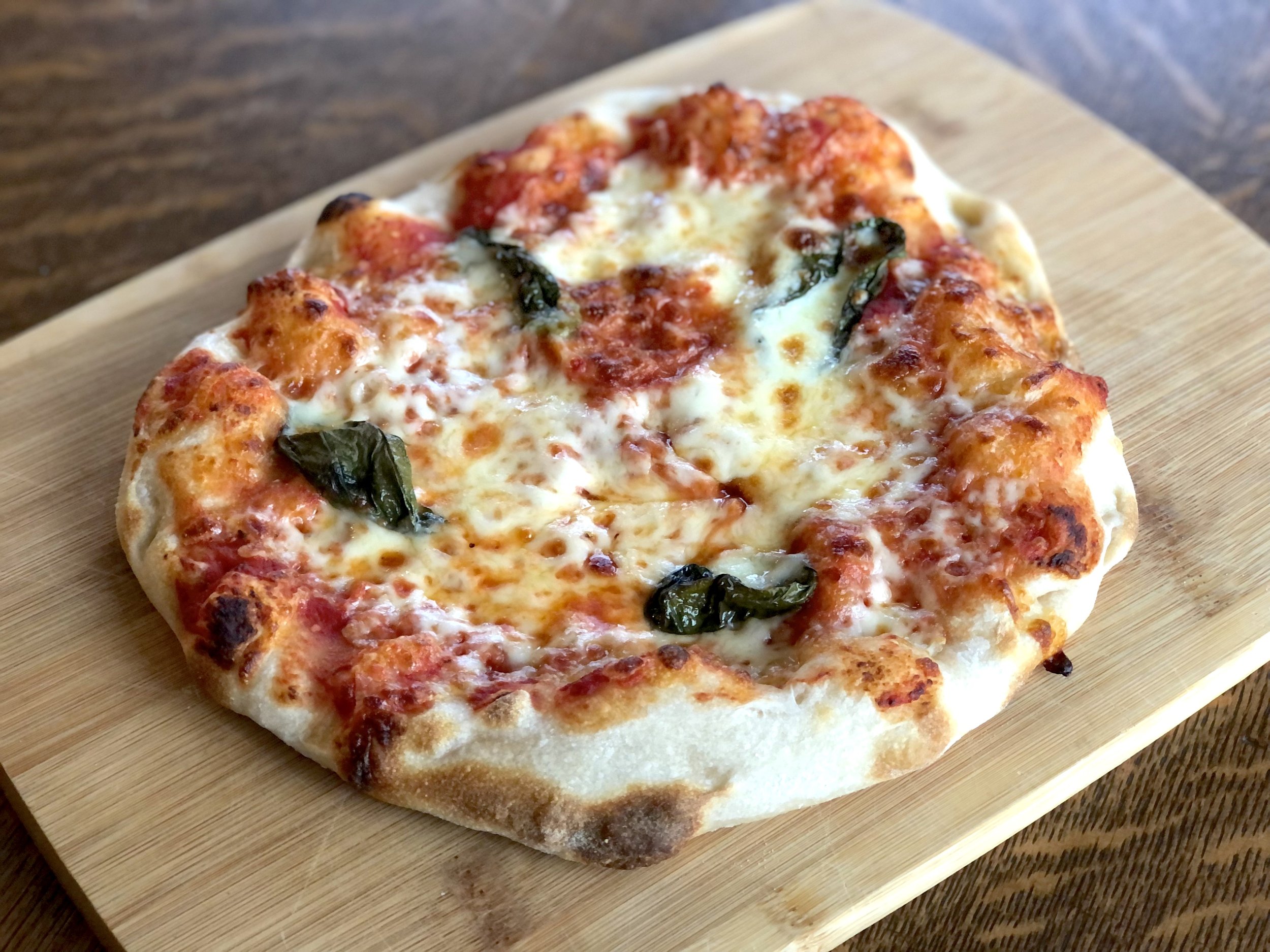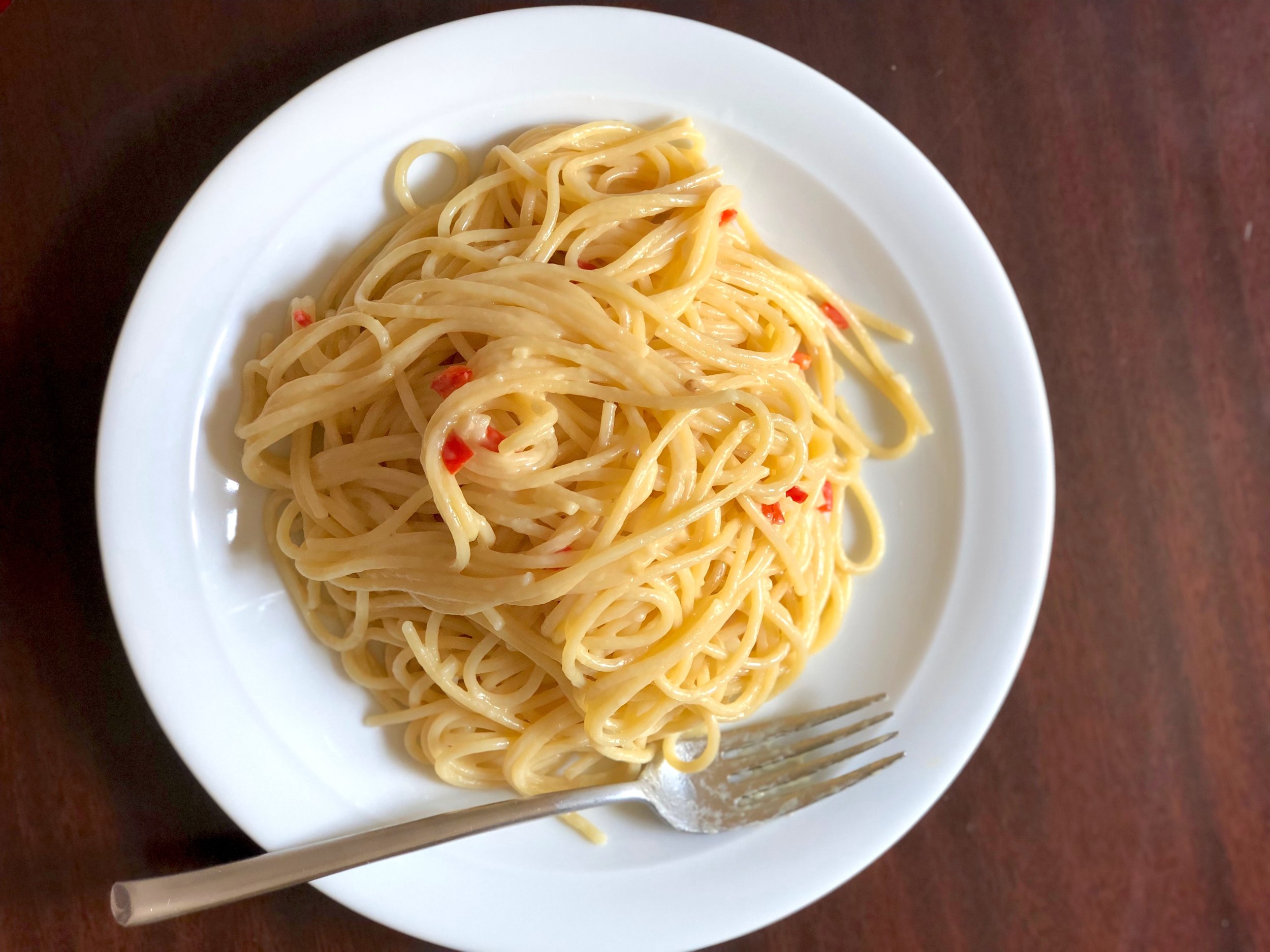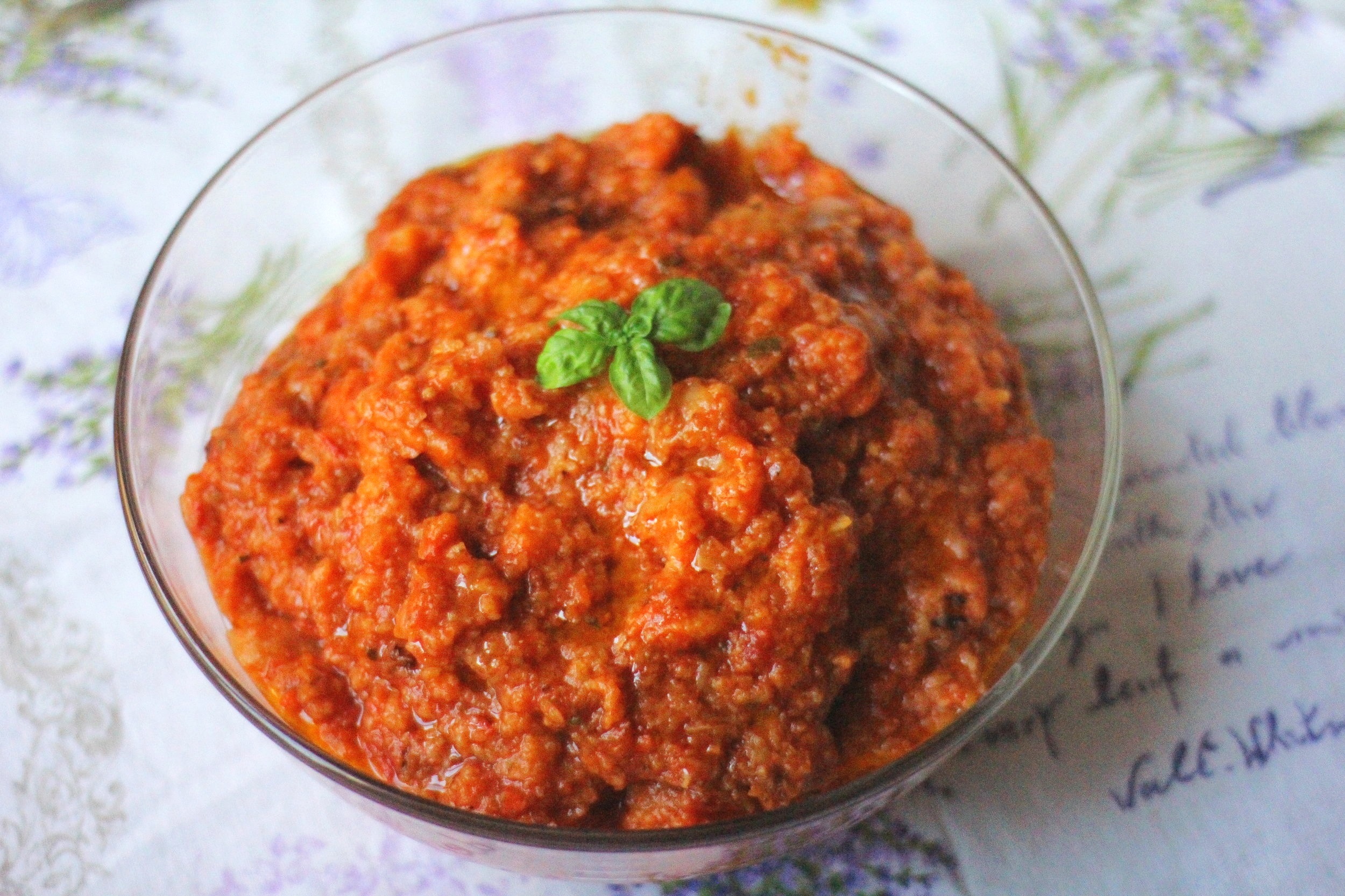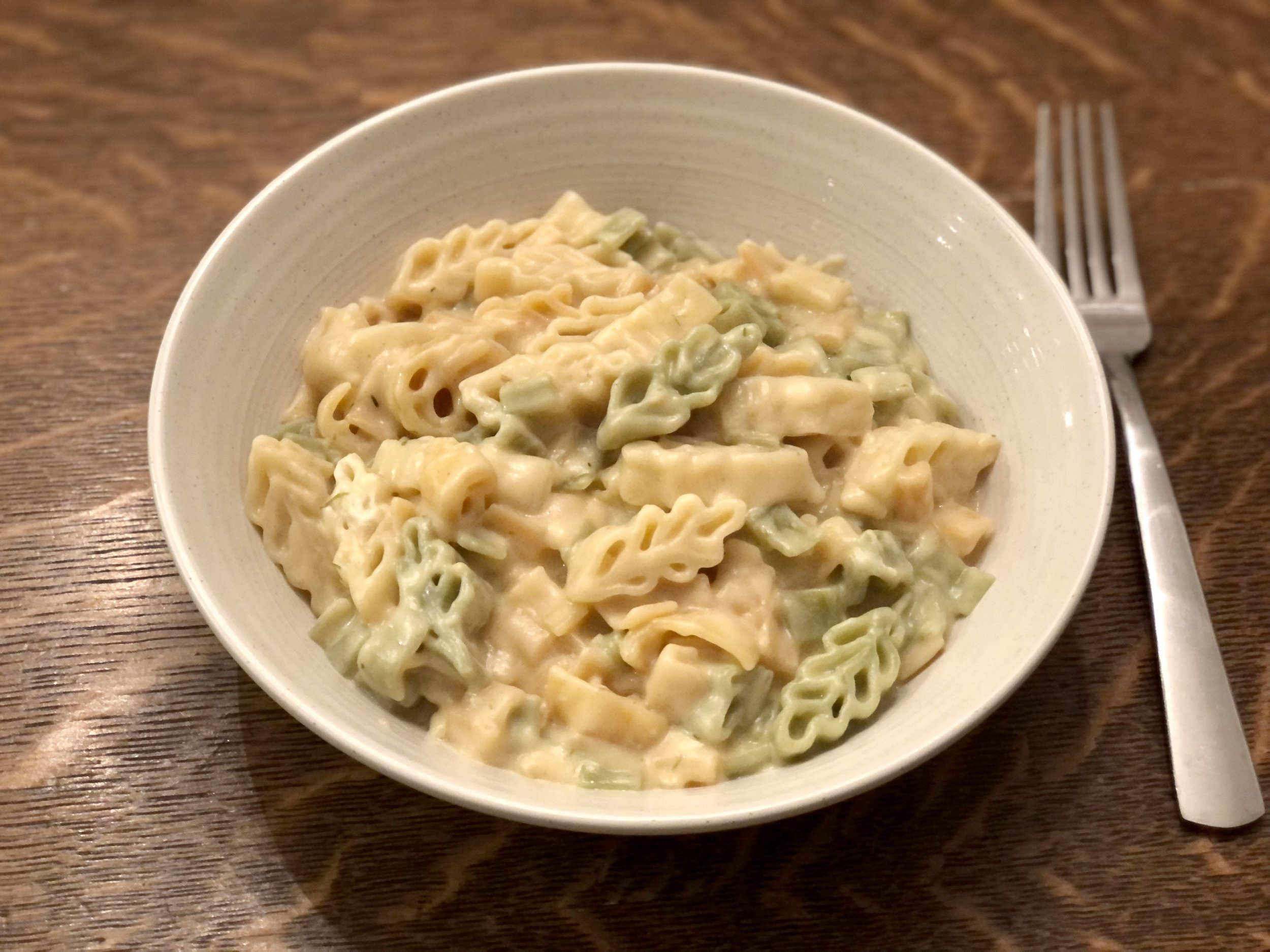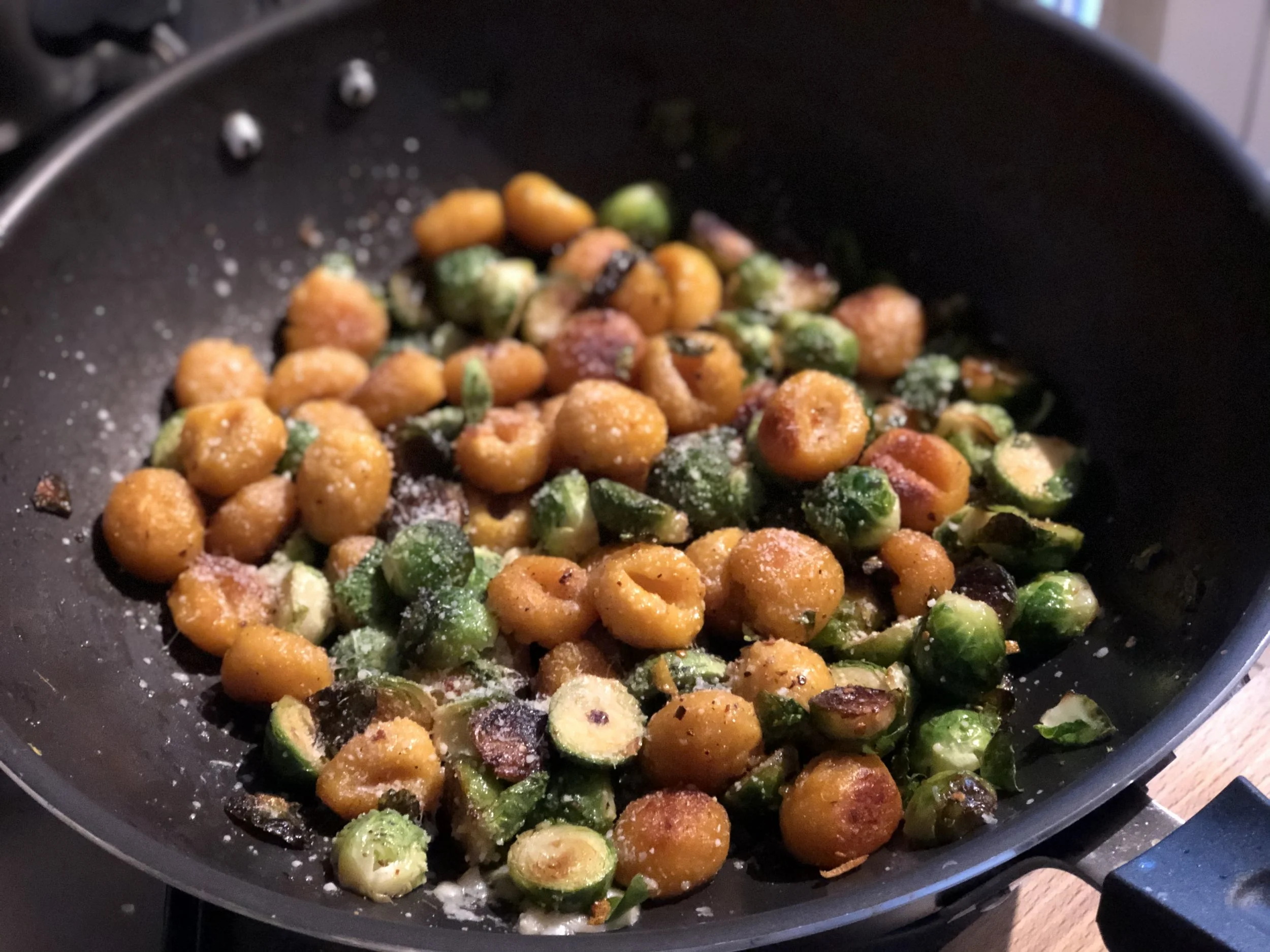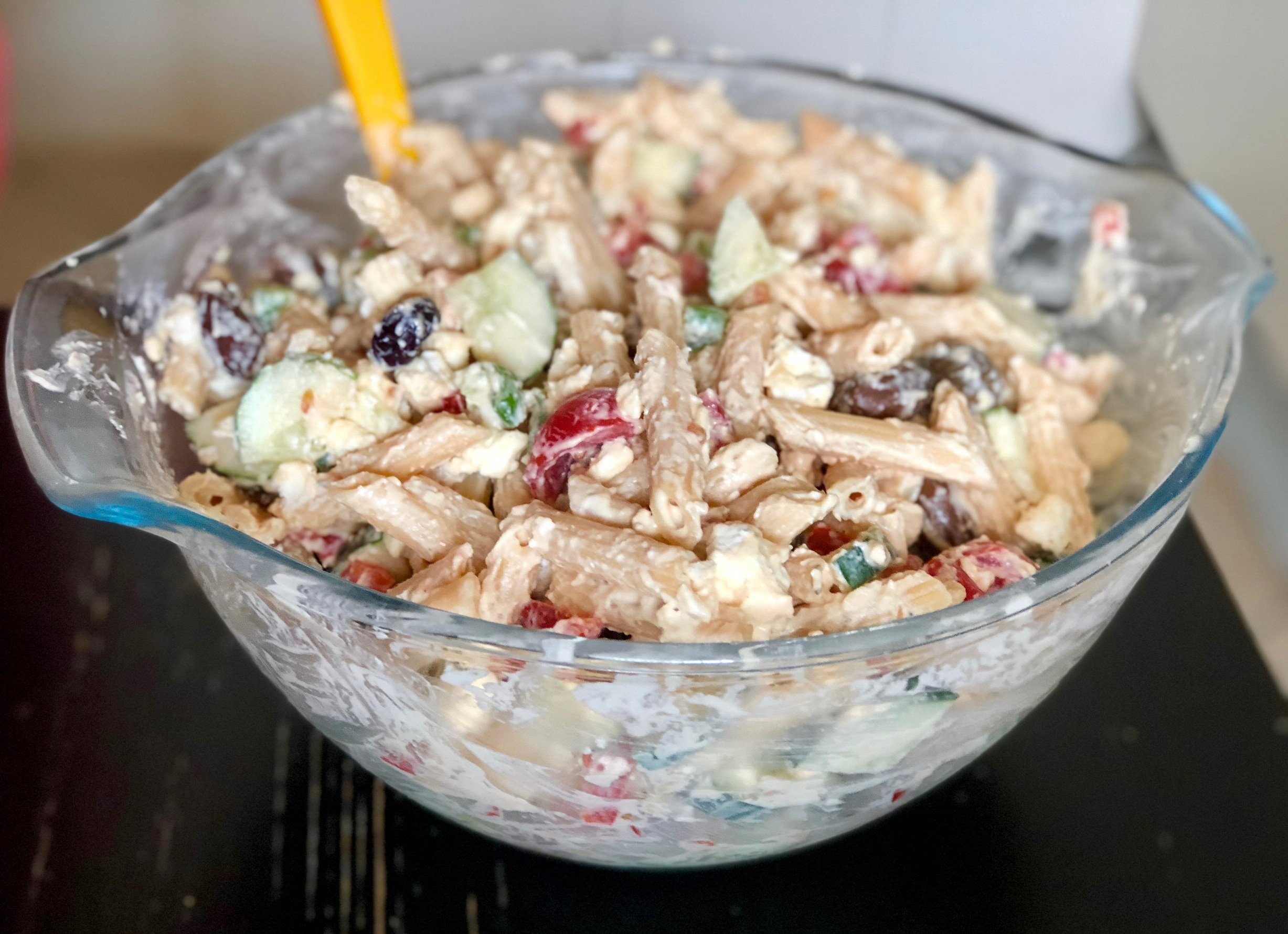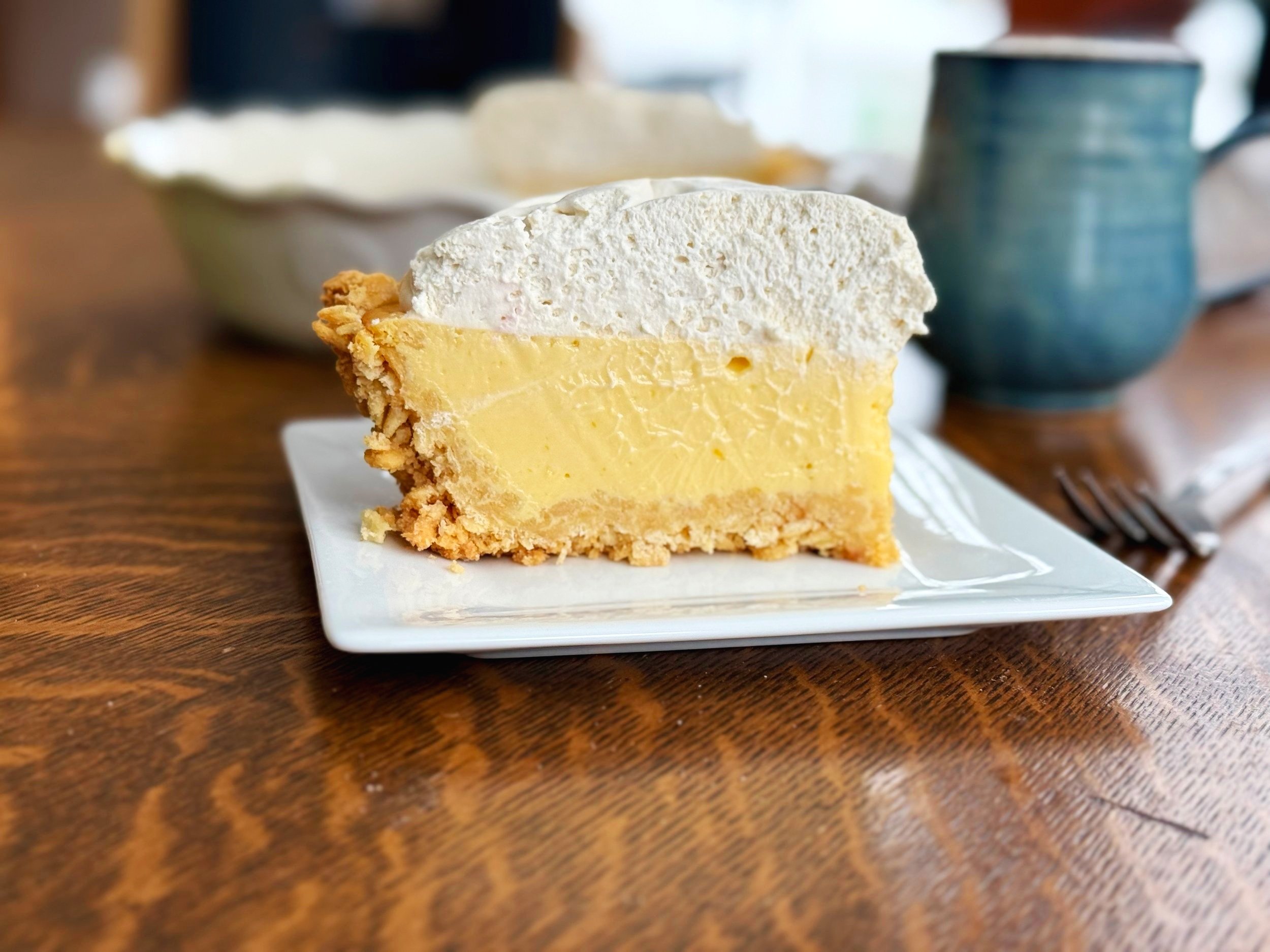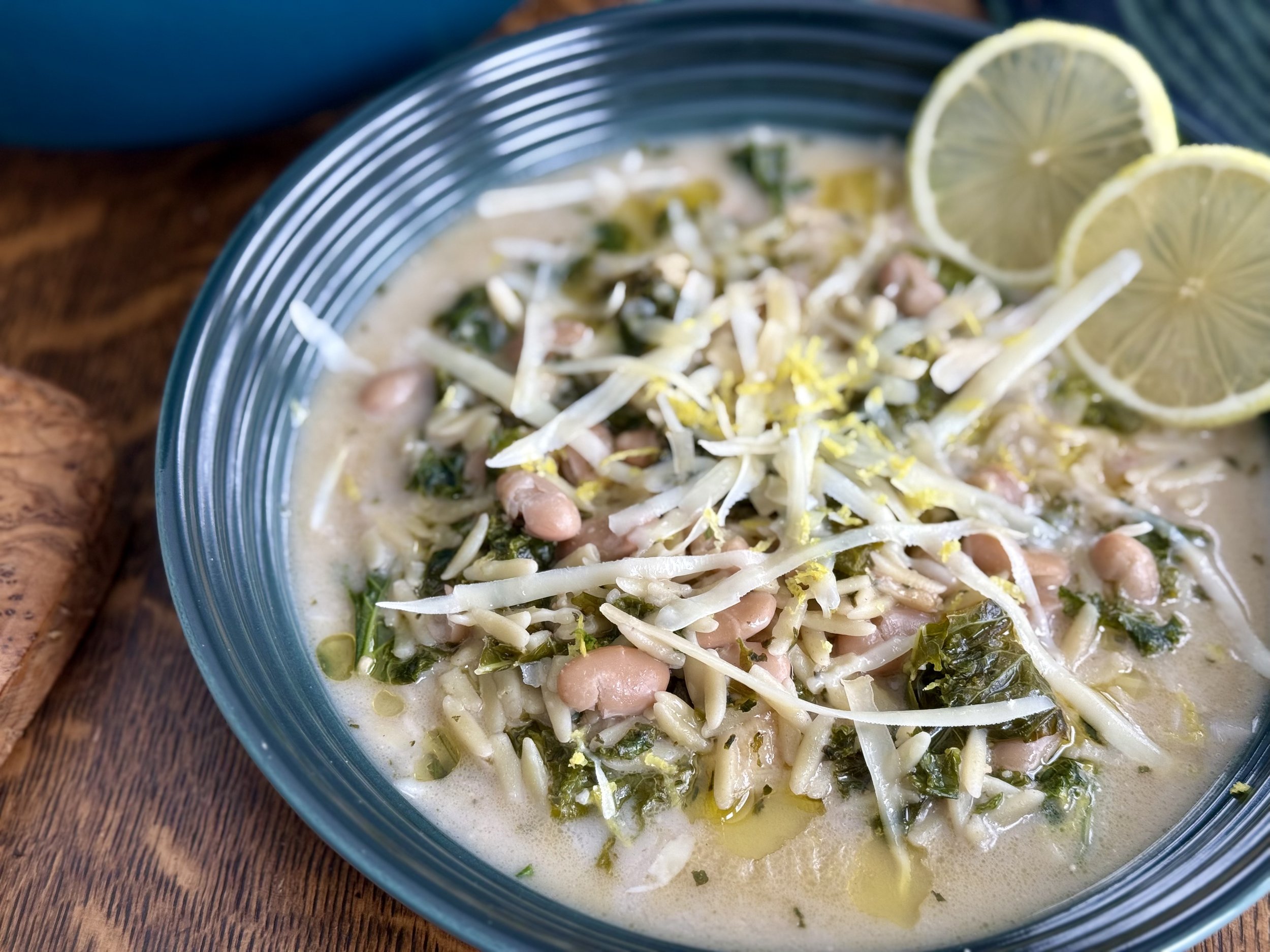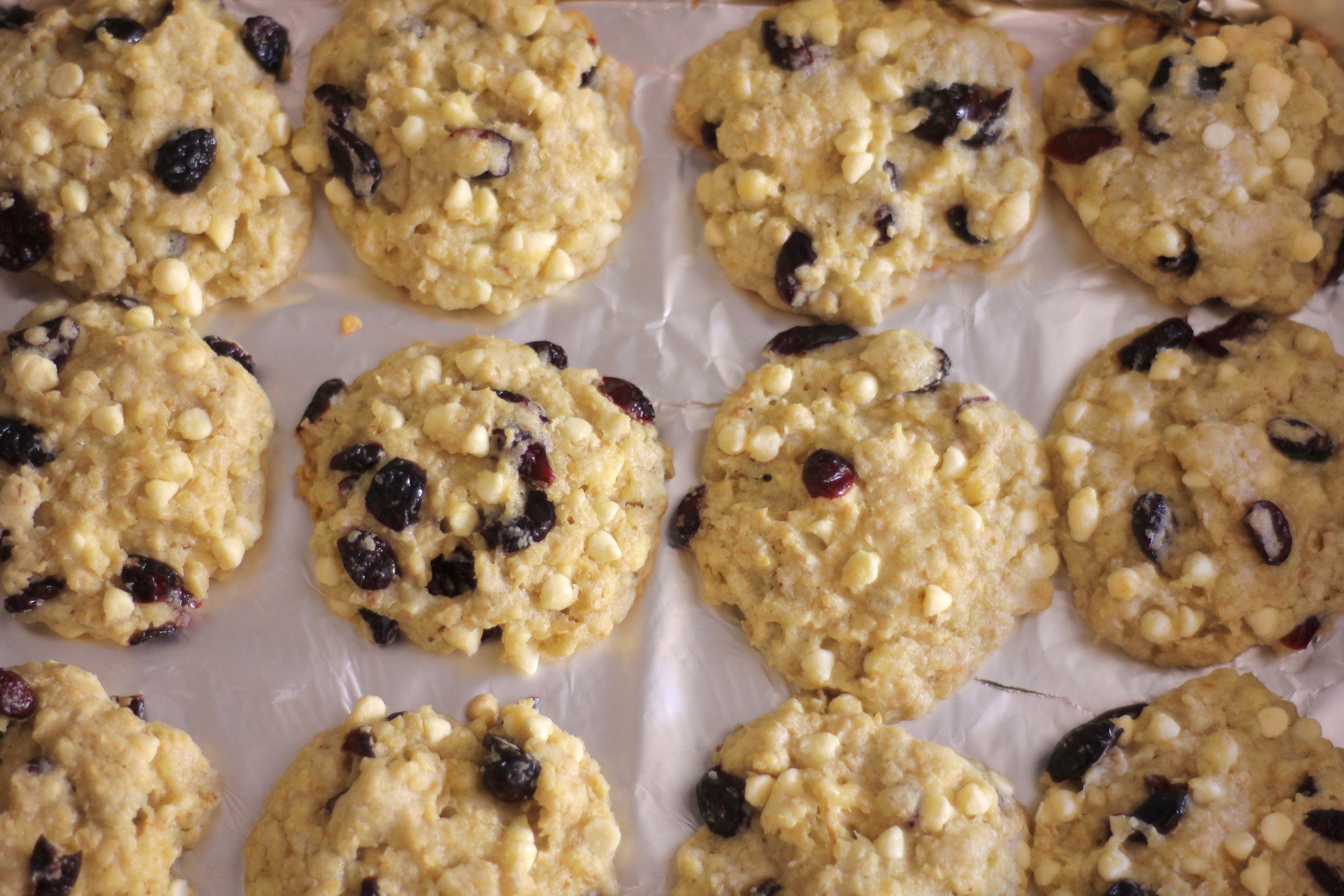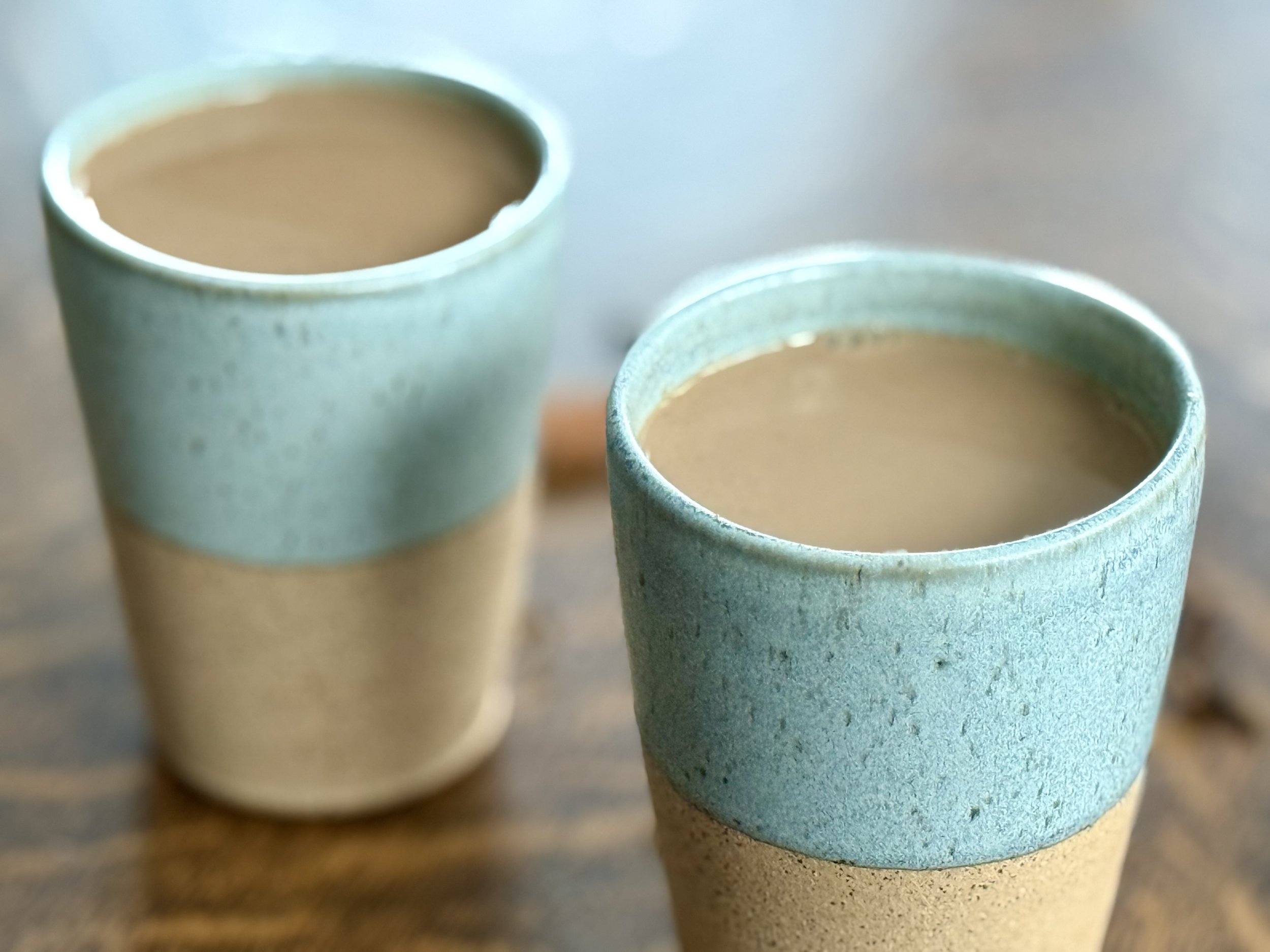Is Italian Flour Better Than American Flour?
/The query “where can I find Italian flour in the USA?” is a question that has been gracing my inbox more and more recently.
One of my first thoughts is always…why? Why are people working so hard to find specialty Italian flours that yes, can be surprisingly difficult to find here in the USA, and also cost quite a bit more?
Maybe you’ve already guessed the answer: they feel better when eating it, usually citing a vacation in Italy.
I’ve heard many variations of this from quite a few people. The common theme often involves a trip to Europe, specifically Italy, which included eating lots of food and bread and very little bloat or indigestion.
I’ll note that I have never had gluten intolerances or sensitivities. I’ve lived in America and Italy and never noticed a difference in how I felt when eating. Since I have no personal experience with this, I rely on others’ experiences and combine it with what I know of American and Italian flours.
Does Eating Italian Flour Really Make You Feel Better?
For some people, yes, I believe it truly does.
But not everyone.
There are many other factors that should be considered when thinking about a European/Italian trip before assuming that better digestion and more energy, among other improved symptoms, are automatically linked to the better flour and ingredients they use.
Take into consideration these factors:
Increased amounts of exercise (i.e. walking around sightseeing) can help you feel better
Lowered levels of stress while on vacation
Eating more bread products that use long fermentation and/or natural yeast (lievito madre in Italian, what we know as sourdough in America)
Generally eating healthier meals and less snacks - whether you’re eating out or buying food from grocery stores in Europe, many of the options are generally healthier. At home you know your grocery store in and out, where fast food locations are, where the snacks are in your home. Staying in a hotel or Air B&B can mean less snacking, more work to find and get food.
Placebo affect - many people have the impression that food in Europe is higher quality, better tasting, less chemicals, less pesticides, etc. and go over expecting to feel better/eat better. Whether or not the food they’re actually consuming is better than what they regularly consume at home, their mind already thinks they’ll feel better, therefore they do.
If you’ve thought of all this and still believe that you feel better when eating in Europe, let’s dive into some of the possible reasons why.
On average, Italian flours contain less pesticides than other international flours
This is good. But before we get carried away putting Italian flours on a pedestal, consider that this is saying it contains less pesticides “on average”, which means it will come down to the individual flour being consumed.
Ideally, we wouldn’t be eating any pesticides in our flour (or food). Less is better than more, though, certainly.
An easy fix if you’re worried about pesticides in your flour? Buy organic! A big question mark for me is the number of people I’ve talked to who pay more money and spend more time hunting down Italian flour (not organic - which would likely still be grown with some pesticides) than purchase American organic flour which would be grown without pesticides.
Organic, known as “bio” (BEE-o) in Italy, exists. This should clue you in that, non-organic also exists in Italy. I’ll take the wheat grown with less pesticides any day over the wheat grown with more, but if you really think about it, perhaps Italian flour shoudn’t be revered quite as highly as many tend to do.
Another point, Italy exports a lot of their flour. According to Andrea Villani of AGER Borsa Merci of Bologna, Italy imports more than 50% of their soft wheat, and 30/40% of their hard wheat. They mostly import from France, but also from Hungary, Romania, Poland, and Russia. Chances are, if you’re eating bread or pasta in Italy, it may not even be Italian wheat you’re eating. Not having done much research on any flours other than Italian, I would guess that European flours are still generally grown with less pesticides than in North America. However, it’s still a valid point not to put Italy and Italian flours too much on a pedestal as that may not be actually what you’re eating.
What about genetically modified wheat?
If you’ve ever heard someone go off on the food industry in America and GMO wheat being the culprit of bloat, digestional problems, fatigue, skin problems, etc. etc., and felt concerned and thinking our US grown wheat is basically poison…you’re not alone. Now, there’s probably, unfortunately, some truth to what they’re saying. But rest assured, at least for now, it’s not the GMO wheat.
There currently is no genetically modified wheat grown and sold comercially in America. A certain variety, HB4, was given the green light in America, following Brazil, Argentina, and Paraguay, but it is not yet sold commercially and it will likely take a few more years before it can be.
Bottom line, any wheat you consume in the USA and any wheat you consume in Italy will all be non-GMO.
Italy uses primarily soft wheat
Another reason why some may experience easier digestion of wheat over in Europe is due to the fact that Italy, France, and other European countries use more soft wheat in their baking. In the USA we grow and consume a lot of hard wheat.
Soft wheat generally is lower in protein, hard wheat is generally higher in protein. The lower protein makes the soft wheat a bit easier to digest.
If you’re interested in learning more about hard and soft wheat and the different varieties grown, you can read this post here.
Terra dei Fuochi - Land of Fires
What was once called the “Terra Felix” by the Romans, or “Fertile Land”, a lush area in the Campania region of Italy, has more recently been named the “Terra dei Fuochi” or even the “Triangle of Death”.
The story behind how the Terra dei Fuocchi came to be is really quite awful, but fascinating at the same time. It started with the mafia bringing toxic waste and dumping it, in canals, burying it, leaving it out in the open, all the ways that toxic, sometimes radioactive waste, should absolutely not be disposed of. The region is known for higher rates of cancers, tumors, birth defects, infertility, even autism. Earlier this year Italy was found guilty of violating right to life by the European Court of Human Rights, with the court noting that Italy was aware of the illegal activity since 1988. Italy now has 2 years to clean up their act and provide comprehensive actions to remedy the situation.
You can find the affected areas here (in Italian).
Why am I bringing this up? Because the region of Campania, where you find Naples, Caserta, and the Terra dei Fuochi, is a top producer of durum wheat, the kind of wheat that is used to make pasta. If you were to go to your local grocery store tomorrow, you’d likely be able to find some boxes of pasta imported from Italy made with durum wheat from the Campania region. If it’s being exported, I’d certainly hope it’s safe. But how can one know for sure? I’ve known about the waste dumping problems in Italy for awhile now, and I always wonder if I should feel concerned about any of the Italian pasta I’m buying.
I haven’t seen direct evidence that durum wheat or other produce grown in the area is exported where it might reach our tables, but it’s something I’ve been curious about. We have enough to worry about rather than wonder if our beloved pasta is tainted, right?
I’ve looked into some of the biggest and most respected Italian pasta and flour brands, most of which use a mix of flour from Italy, USA, Canada, Australia, etc. While some do state they source durum wheat from the Campania Region in Italy, they don’t list specifically where.
So much of what we consume is in faith that it is high quality, not tainted, and is what it has been marketed to be. We’re all doing the best we can to eat good food, but I do wish all American food wouldn’t be lumped together into the “evil” category while Italian food lands in the “saintly” category. Unfortunately there are some strong influences out there that may not give the true picture. Continue to investigate and learn about what you’re eating. Keep an open mind, and enjoy your food. We’re all just trying to do the best we can.


















